It’s been a while since Hasselblad X1D was released.
I got my hands on in in the past January, but the real test began in May, as I began my photographic journey into South America, to be completed in 7 months and half. Since 9th of May, the date I landed in Santiago, Chile, I’ve been using X1D everyday. Granted, alongside with my trusty Leica M10, but X1D has been right there with me for the past 50 plus days.
As every cities and countries all presented different different settings and challenges, I think I can confidently say I’m one of a few who put X1D to real good use, and tested out all it could do. Here I’d like to share some of the works produced with X1D, and share with you what I liked and also speak candidly of what I didn’t like. Let’s take a look.
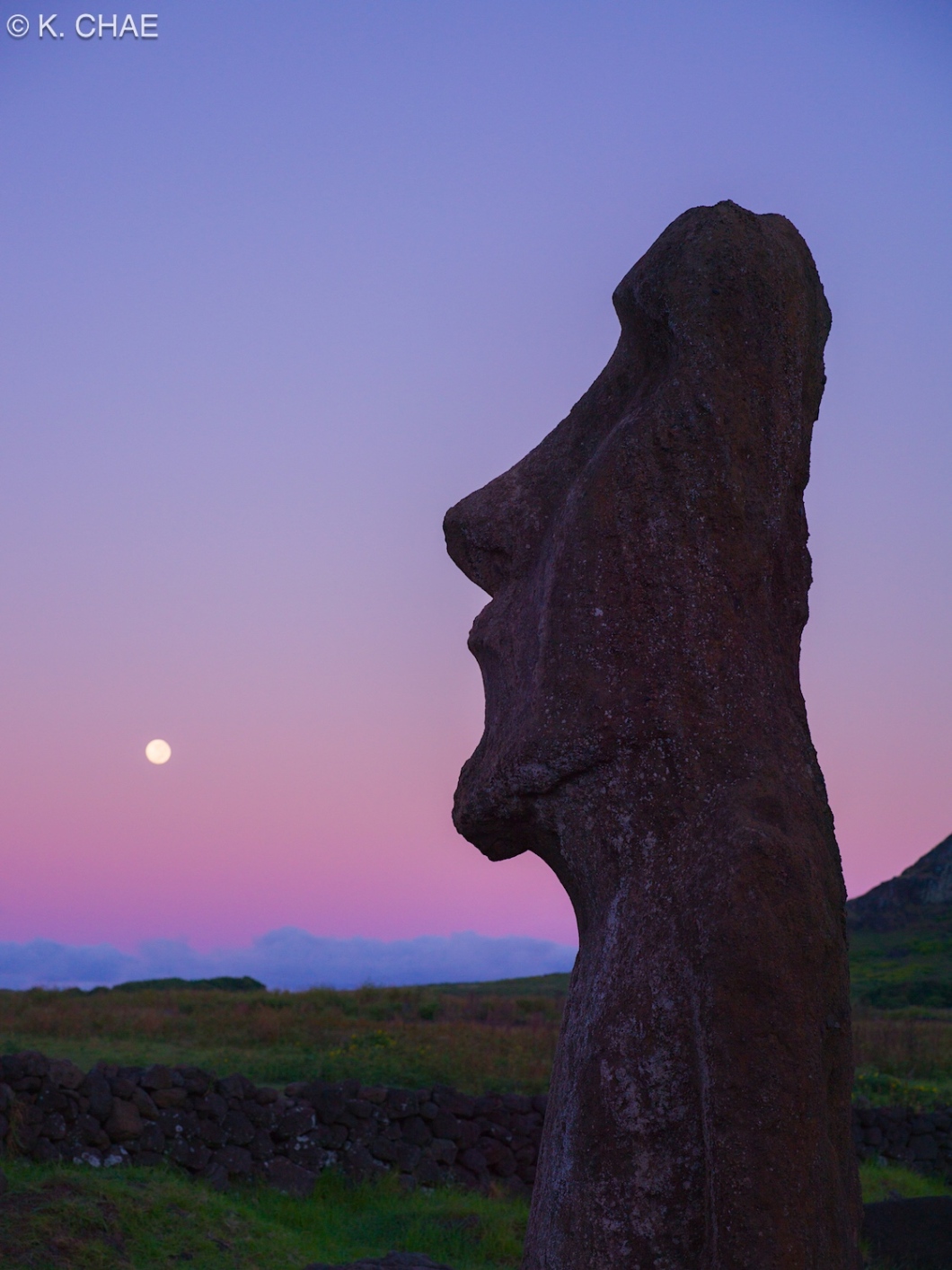
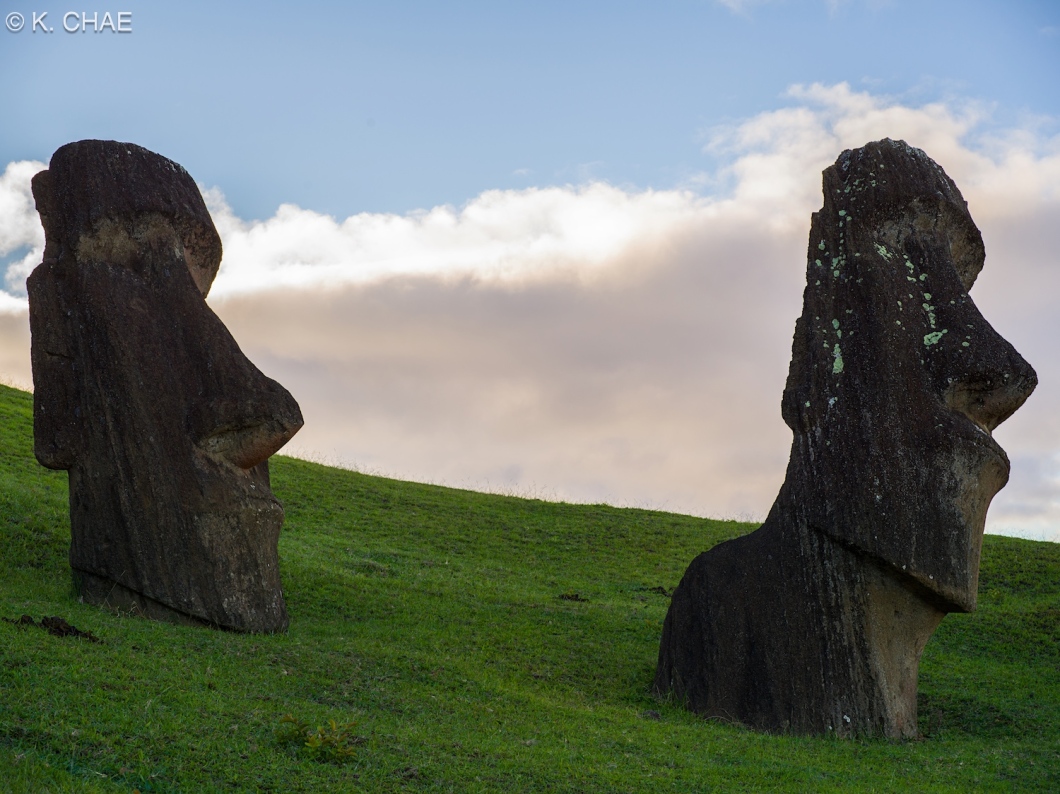
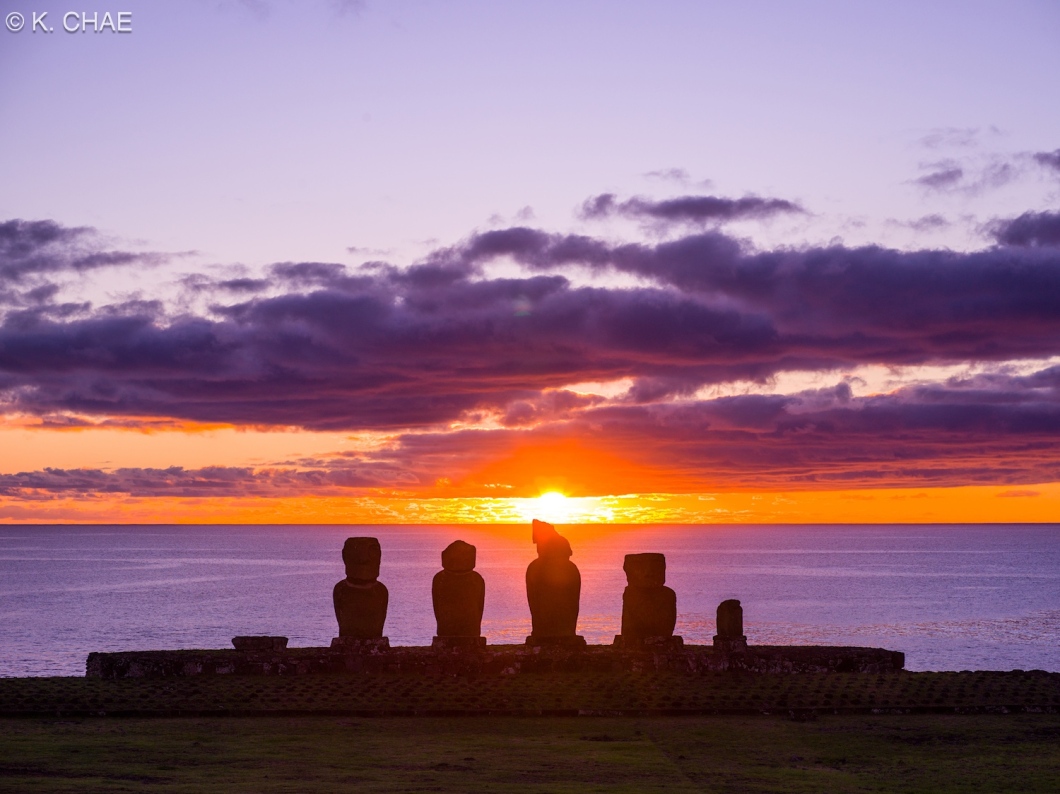
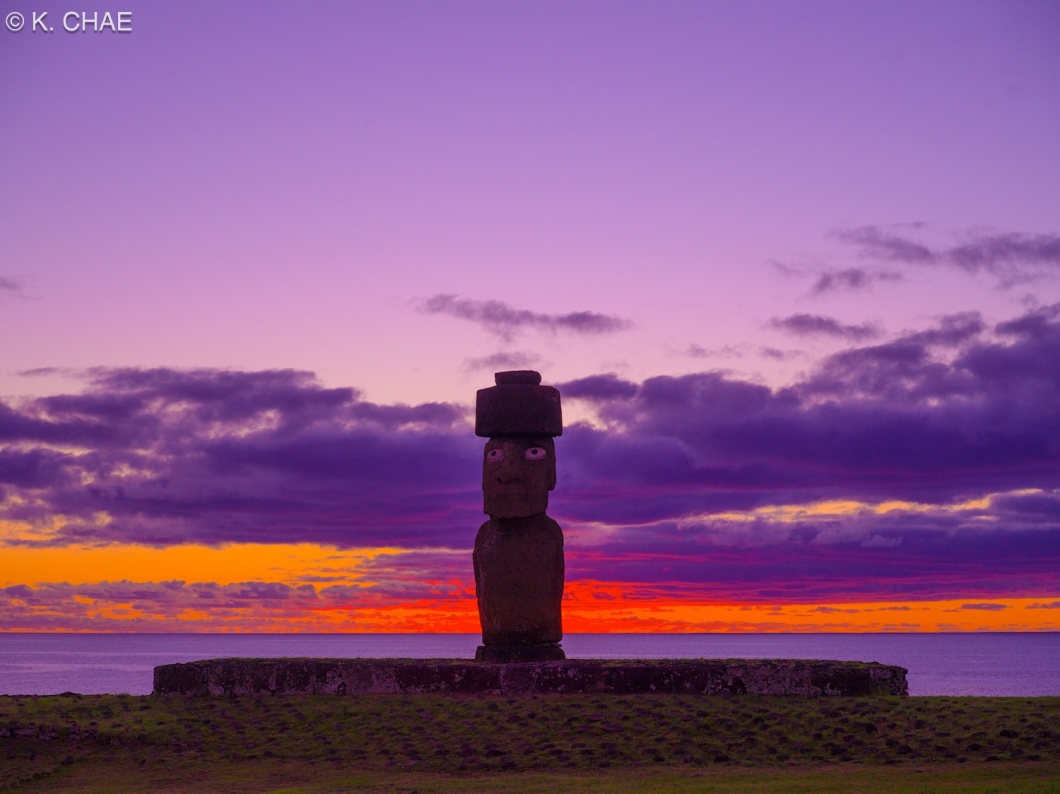

I flew to the Easter Island to begin the journey. Moais were a perfect subjects to take pictures of with X1D. The details it provided was unmatched by anything I’ve ever used(well I never used Phase One though). The fact that these were nature settings and that I could have some time to adjust my settings and be ready. ‘Cause the truth to be told, X1D is pretty slow camera. More on this later. But for the shots I could’ve taken, I was throughly impressed. Although this is when I noticed one of its shortcomings- it’s impossible to auto focus at night, and even manual focusing, it wasn’t easy to focus clearly with its LCD screen.
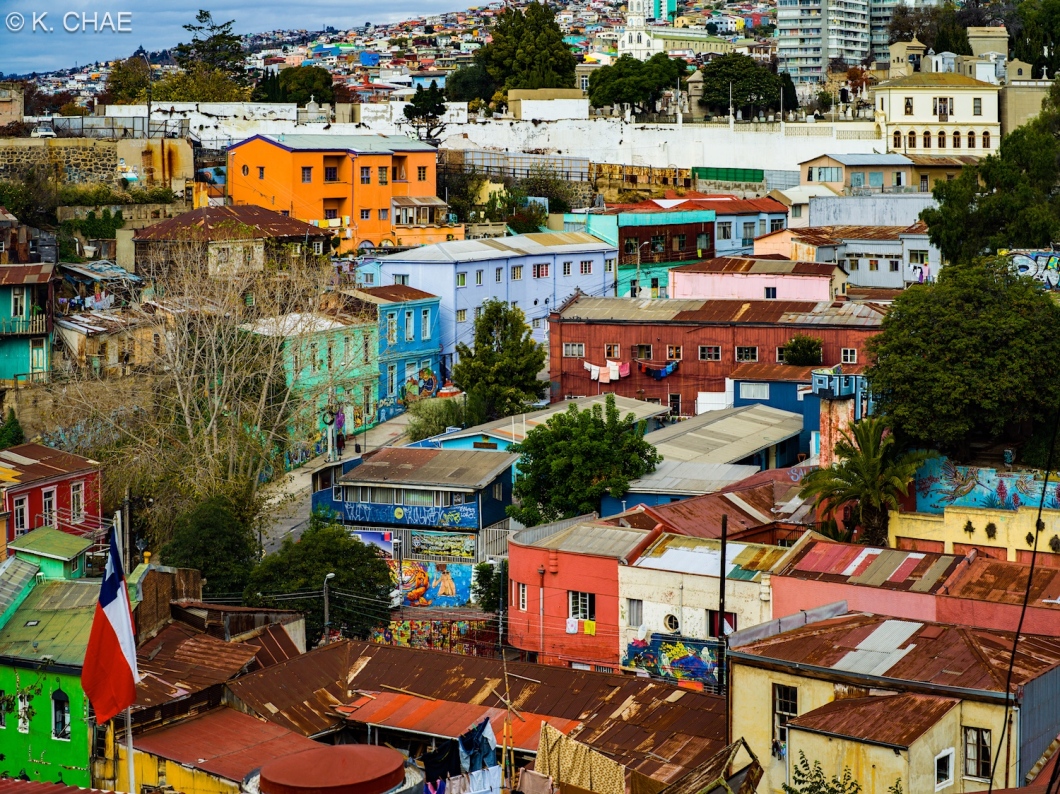
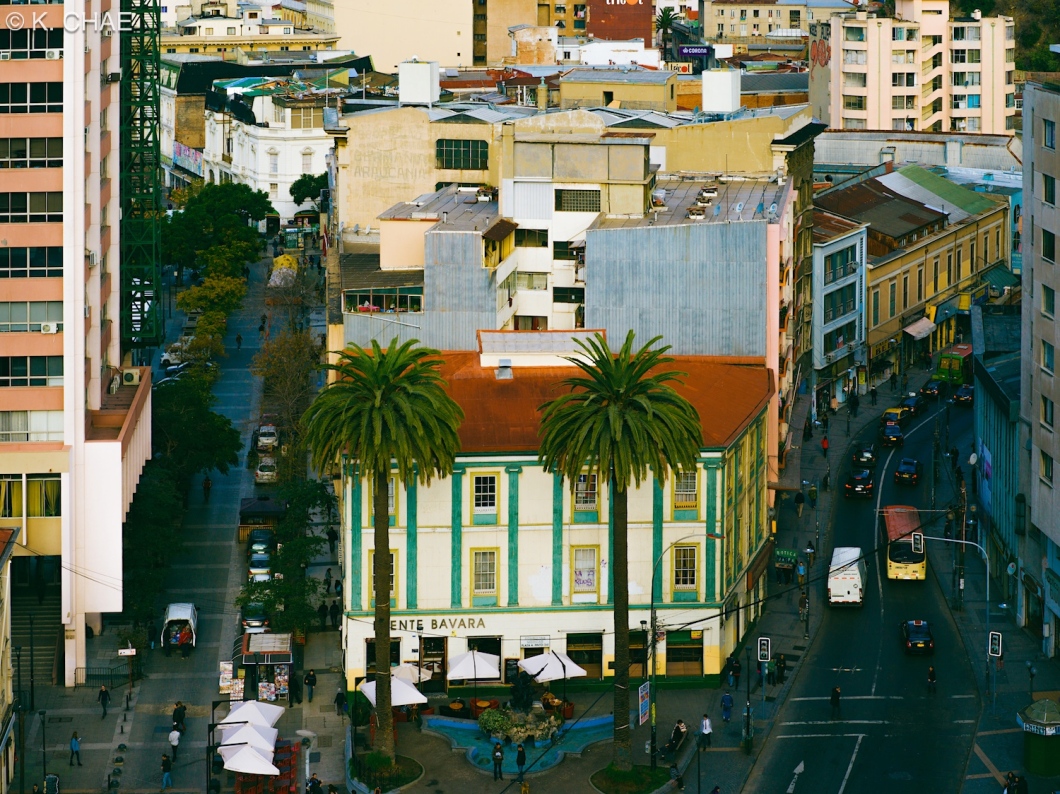
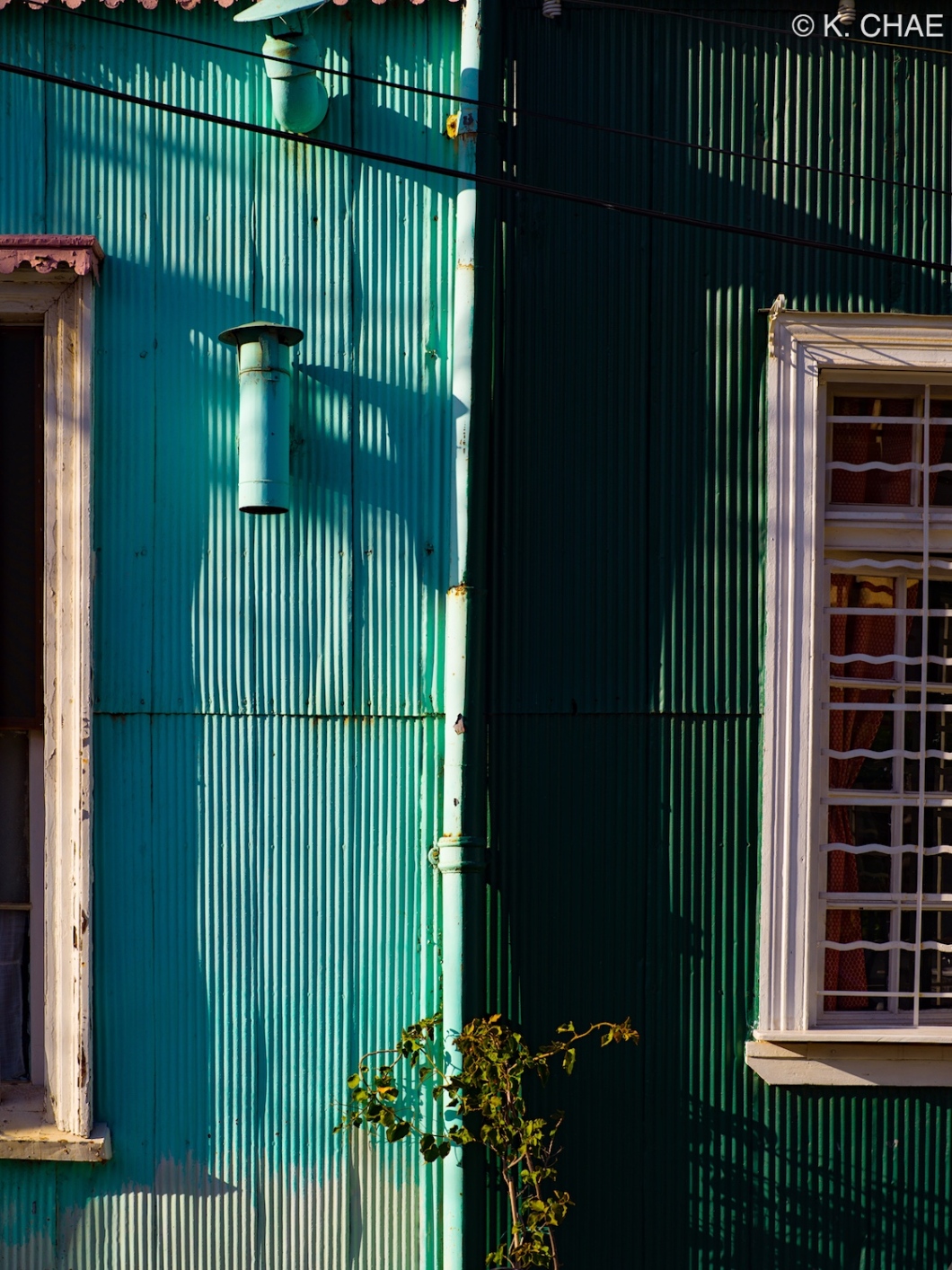
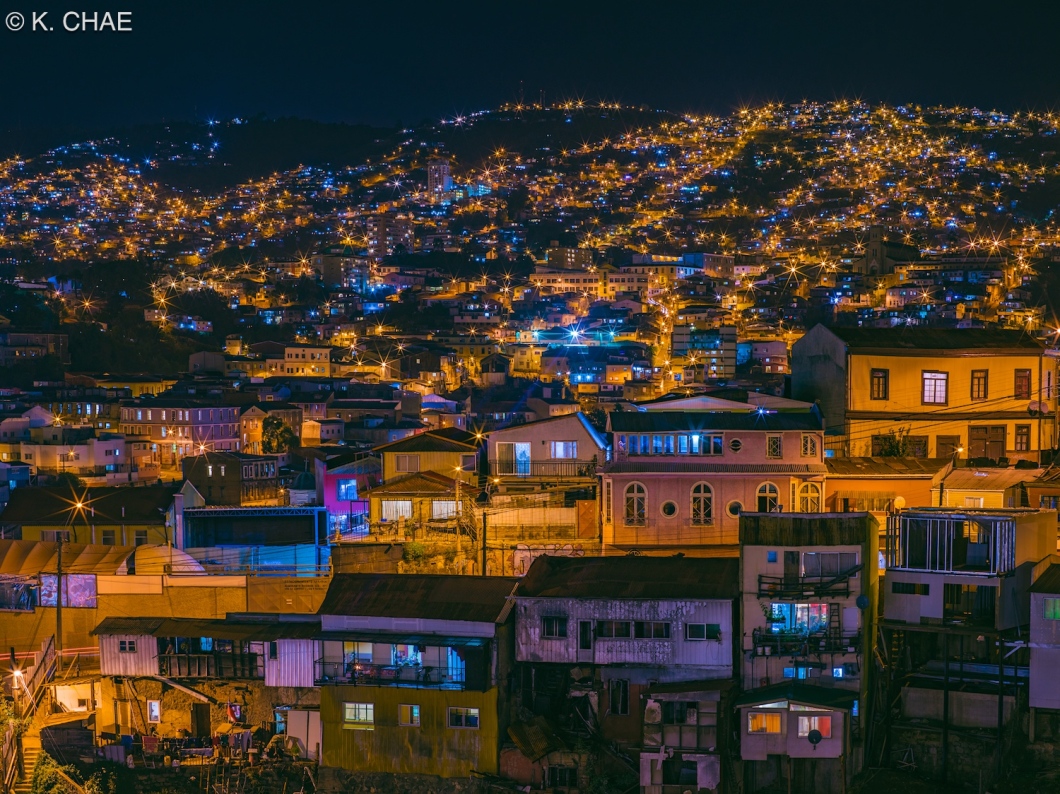
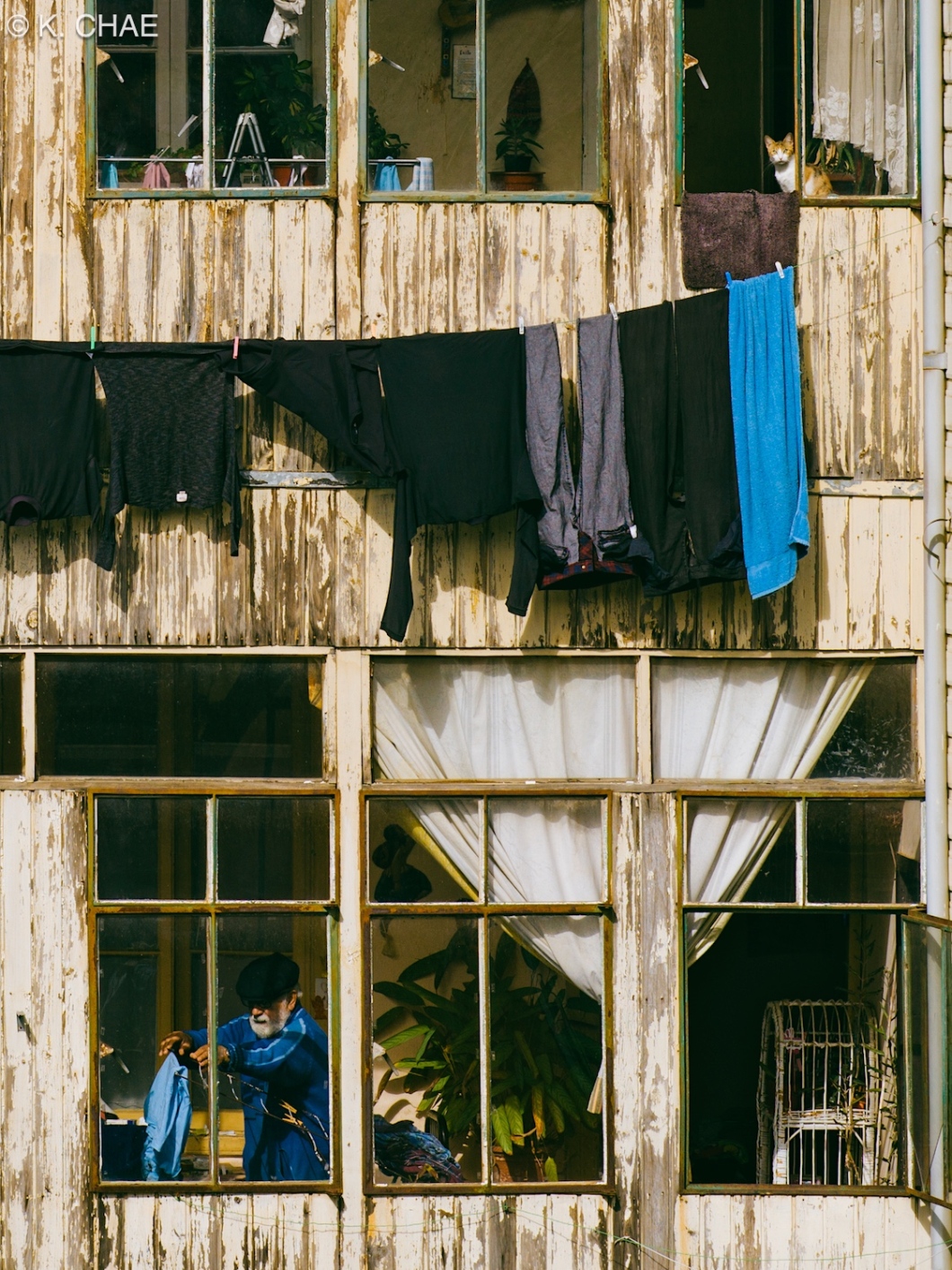
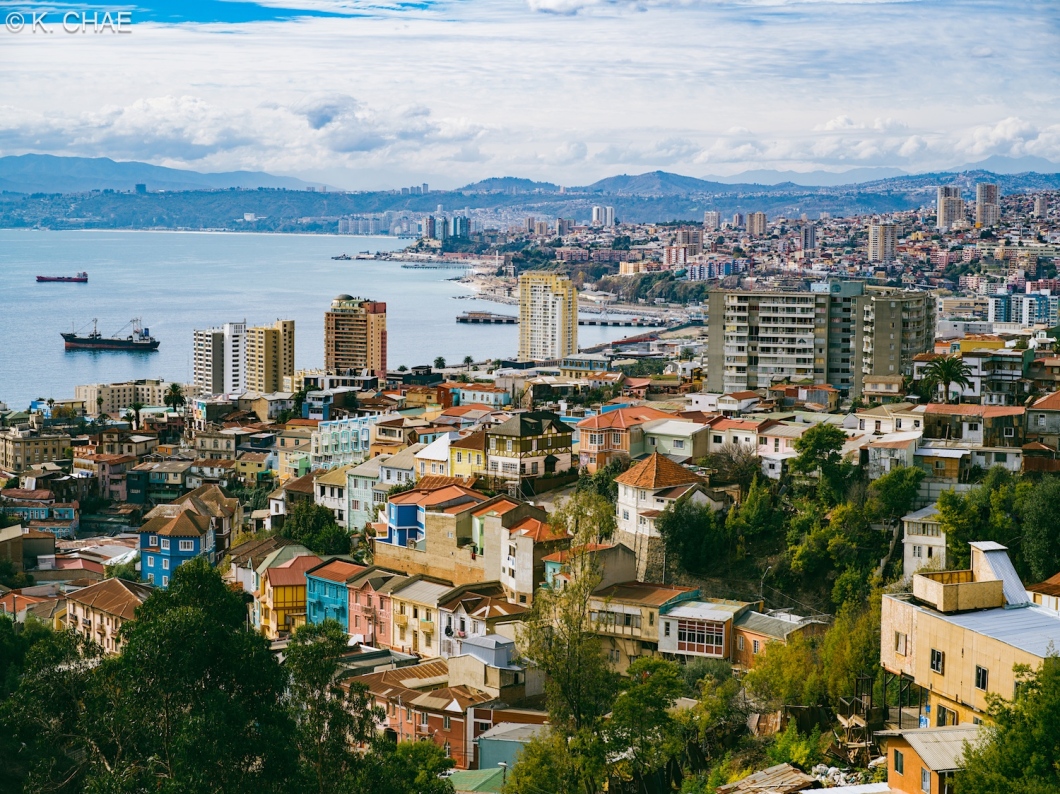

Next stop, Valparaiso. The city with so many ‘cerros'(hills) and even more colors, it was a heaven for a street photographer like myself. This is also where I tried to use X1D in such way, taking candid, unposed moments on the streets. This proved to be a hard job to do, since X1D has such a slow focusing system. Its central focusing system is slow and also sometimes fails to focus, period. Forcing me to restart the camera, in many occasions at a crucial moments. So again, photographing moving subjects with X1D was a big challenge. But when I successfully took pictures with it, the result was mind blowing. This was also when I first tried out long-exposure photography with X1D. Its exposure setting menus and systems were well designed. I had no trouble using it, and it got me some nice images, as you can see from above, the night-scape image of Valparaiso was clear and beautifully captured.
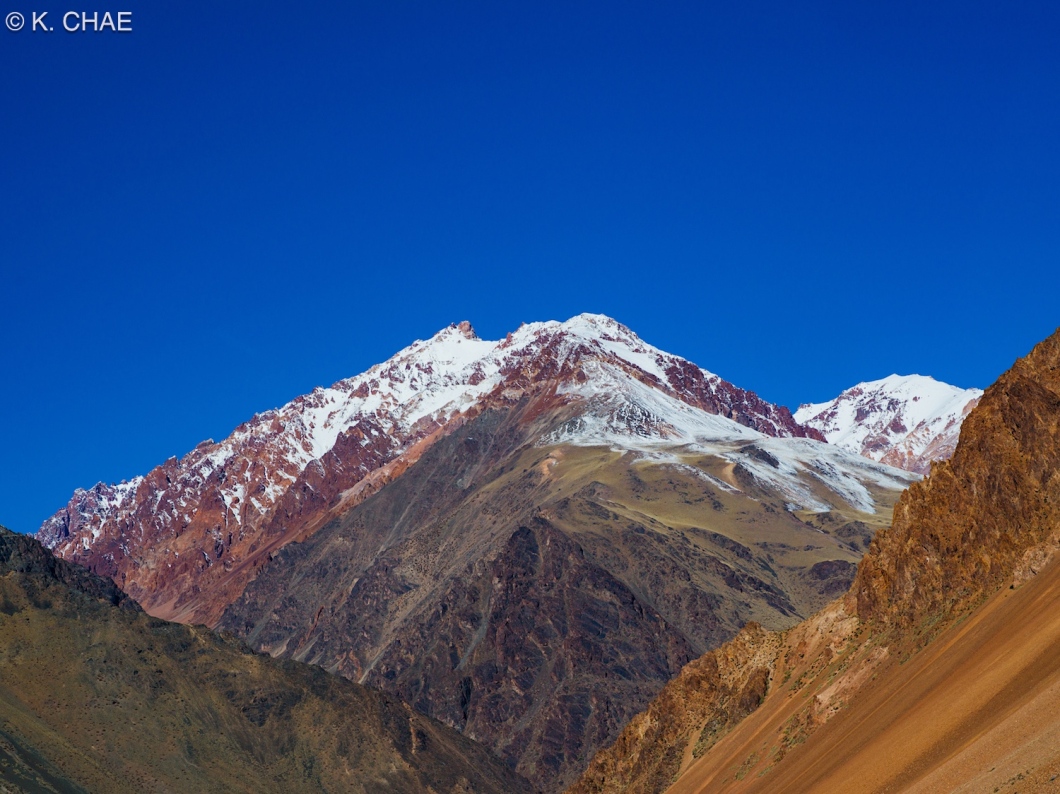
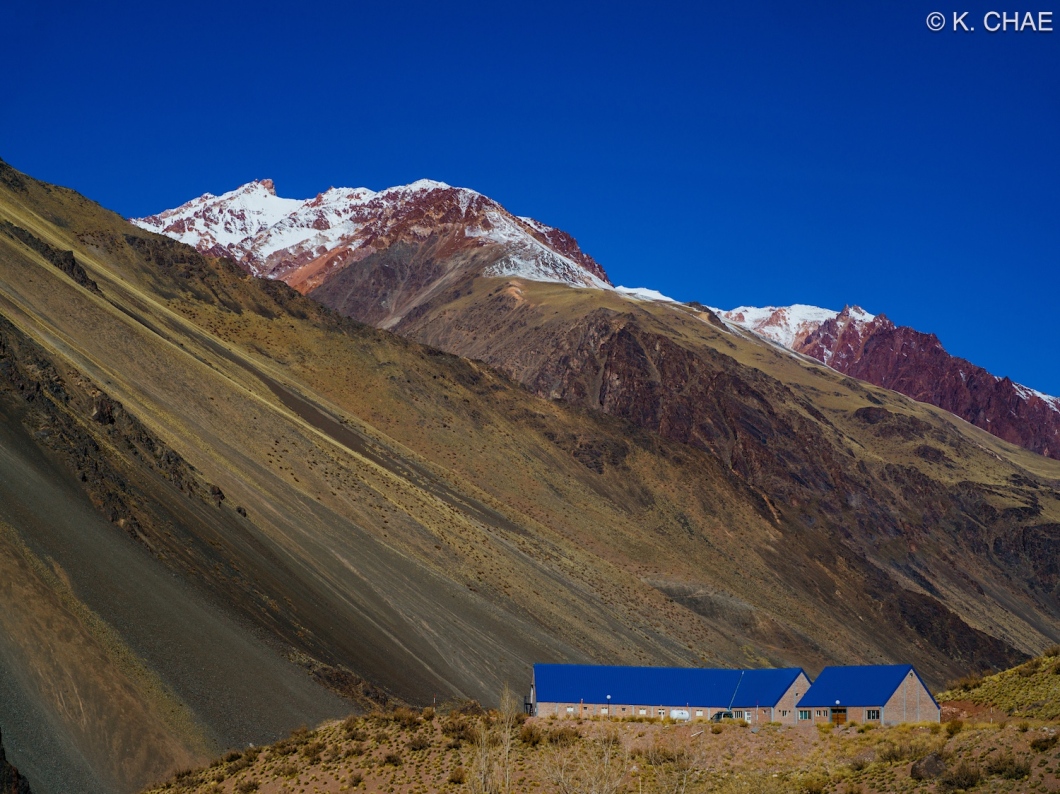
I rarely take photographs on a bus. Obviously dirty windows are not ideal to have in front of you when you want to take pictures of what’s out there. But on this bus ride from Valparaido to Mendoza, Andes mountain ranges were real treat and I took some shots. To be my surprises X1D did a very good job at capturing these, which made me start photographing little more while on bus.
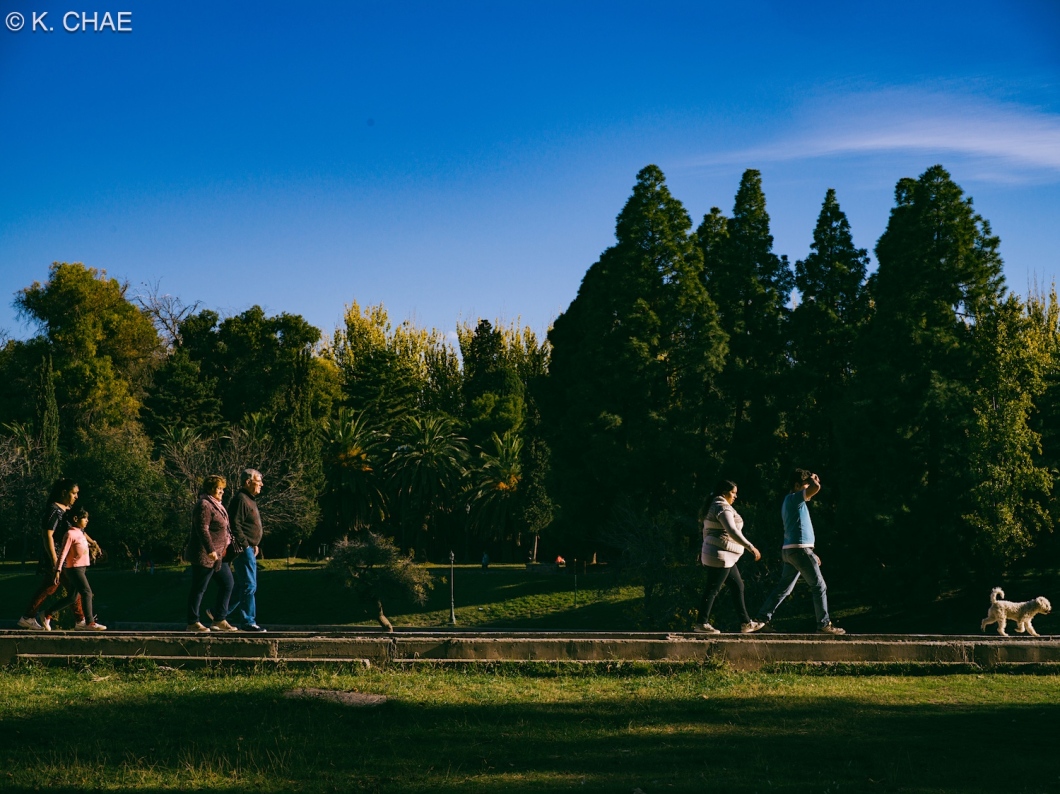
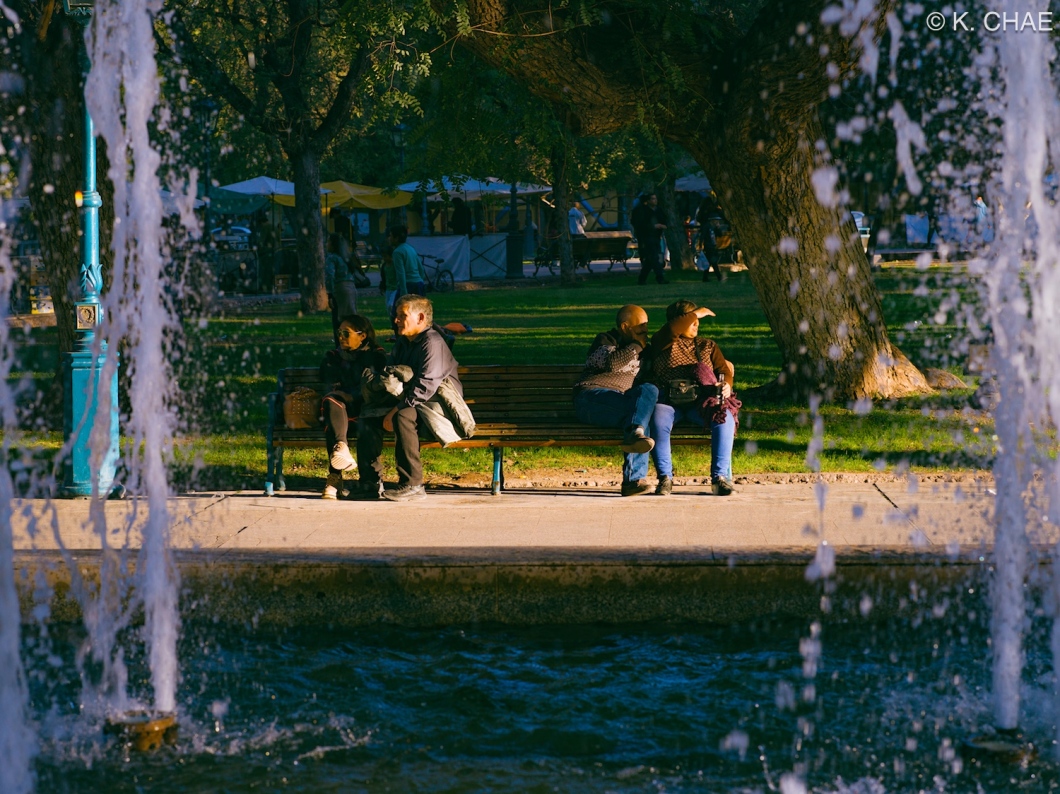
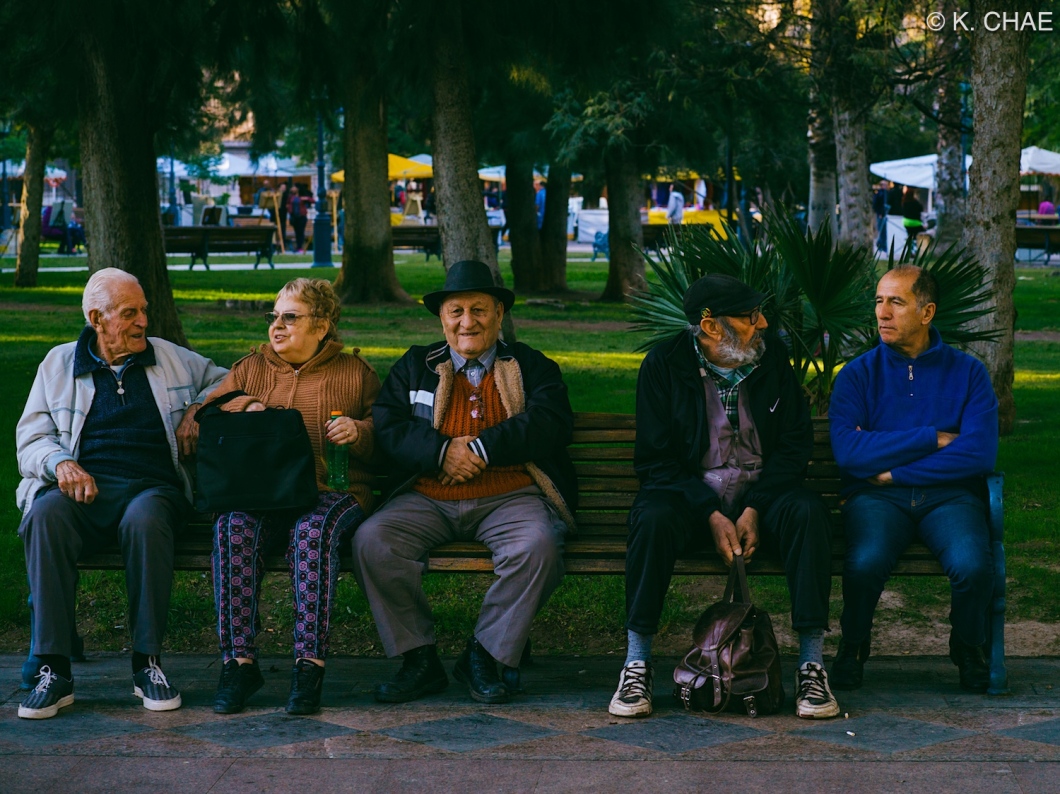
Argentinan city of Mendoza was where I arrived next. Here I tried more to capture people at candid moments, and trying to compensate for X1D’s slow focus and overall time consuming operations. I think I got better as the time in Mendoza was over. You see when you spend certain amounts of time with a camera you become his friend. You know its shortcomings by heart and knows how to respond. I think I started to do that here in Mendoza.
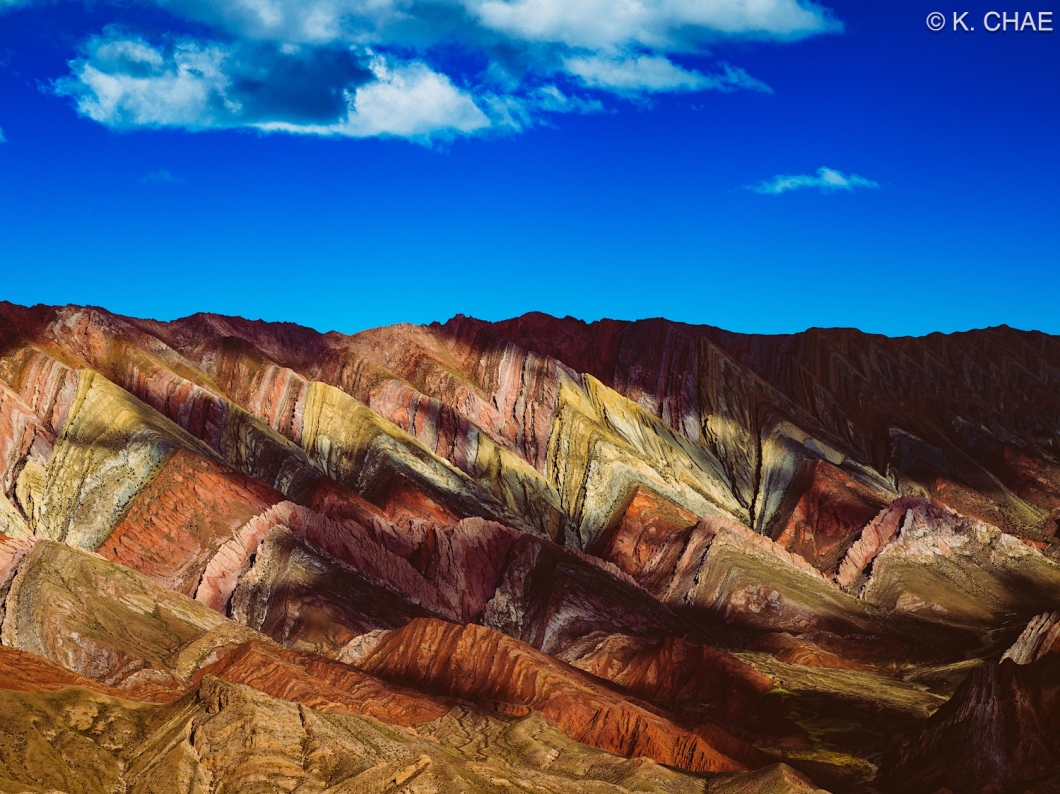
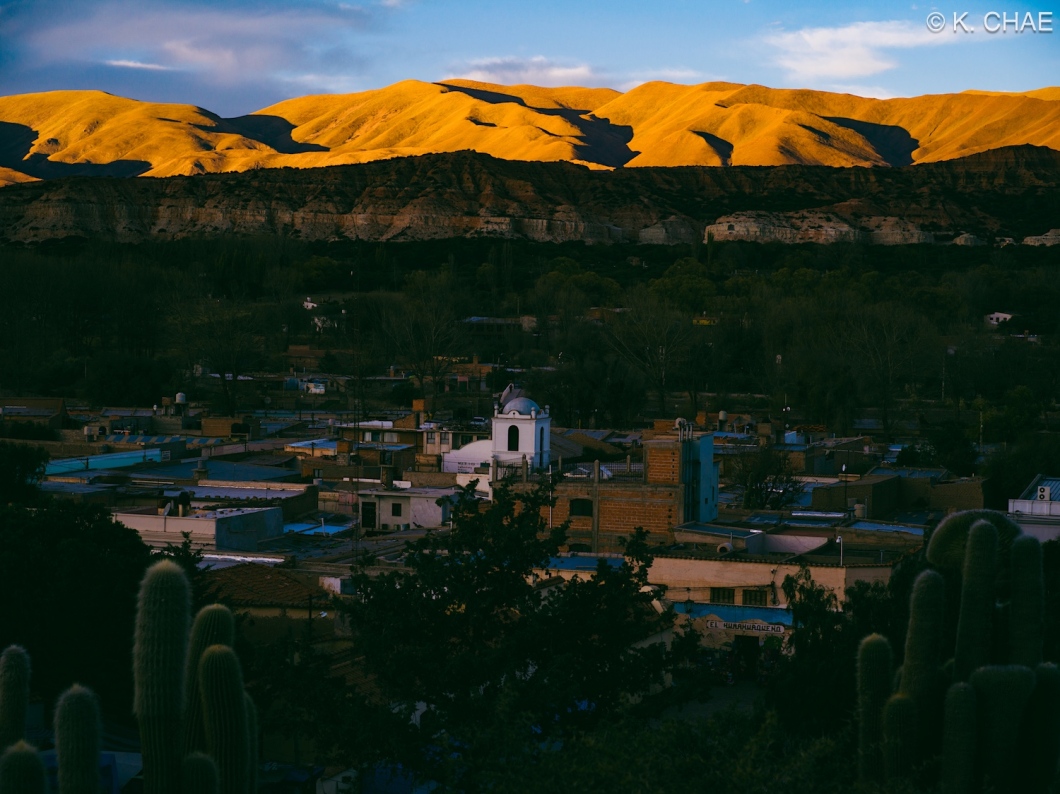
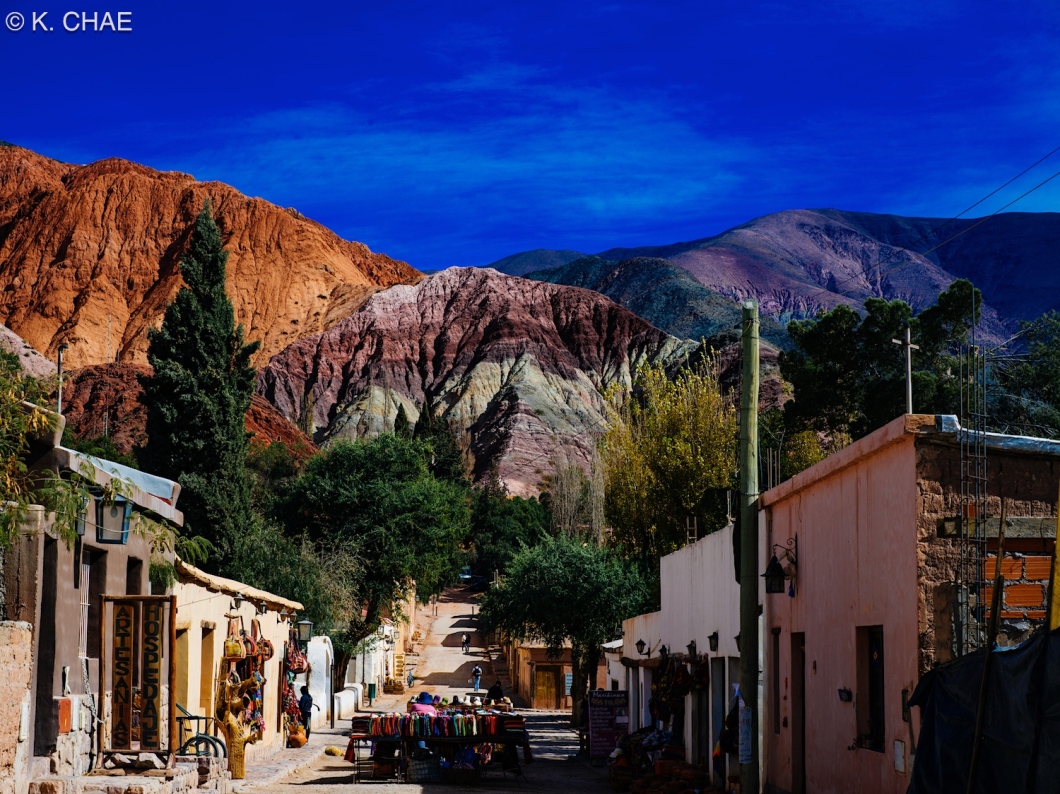
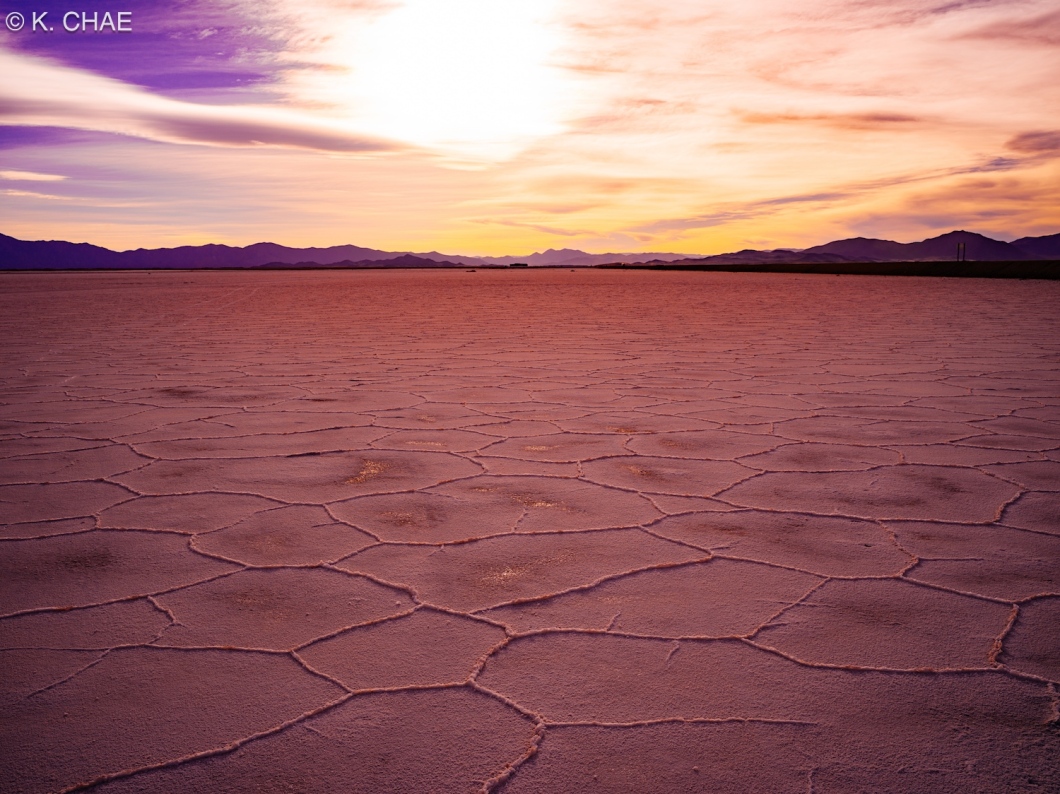
In the north of Argentina I made some more landscape photography. It excelled in such settings. I did wish I had a wider angle lenses though. I had 45mm lens, which is equivalent of 35mm on full frame, as my widest lens, so sometimes it was too narrow for the landscapes. To be honest though, 90mm lens, equivalent of 70mm, proved to be a better lens all around to use so far, to me anyway. Only thing is that 90mm is such a huge size it loses all the appeal X1D has as a small sized medium format camera. 45mm lens has the perfect size, minus its horrendous looking lens hood, but other lenses are way too big I think. Which makes it hard to use it as a ‘street photography’ camera, as such a big camera gives you away and you are noticed from miles away. Nonetheless, on landscapes situations it didn’t matter and it provided me with a stable and wowing results.
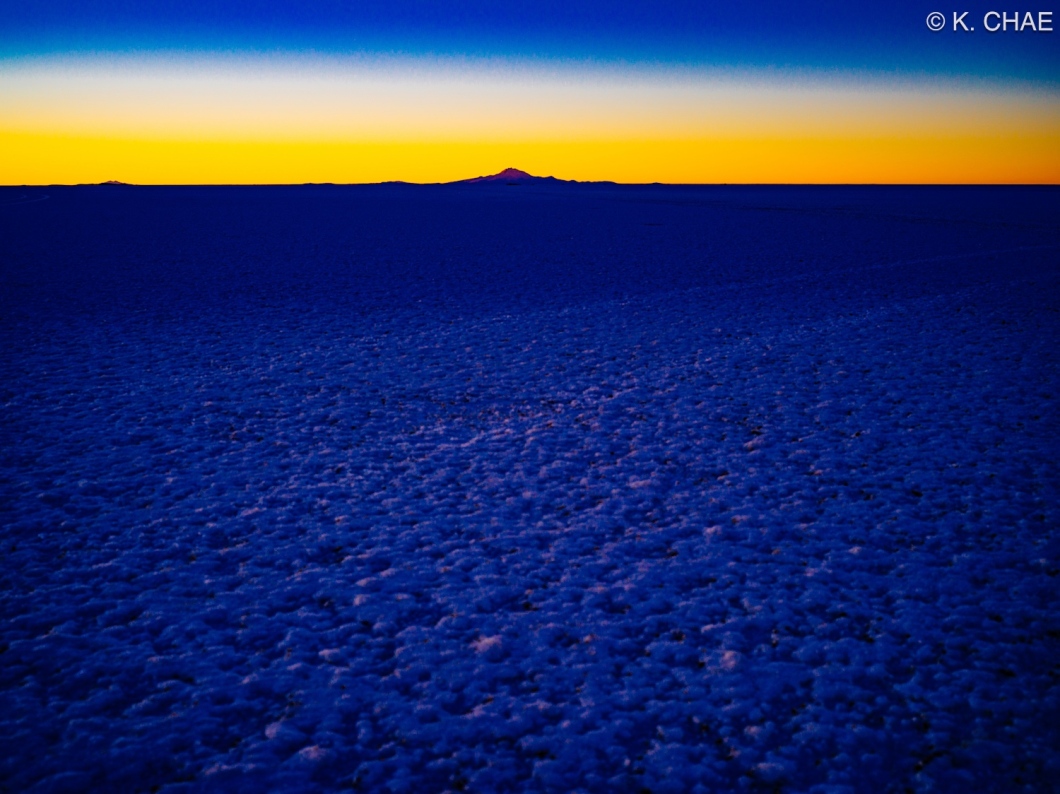

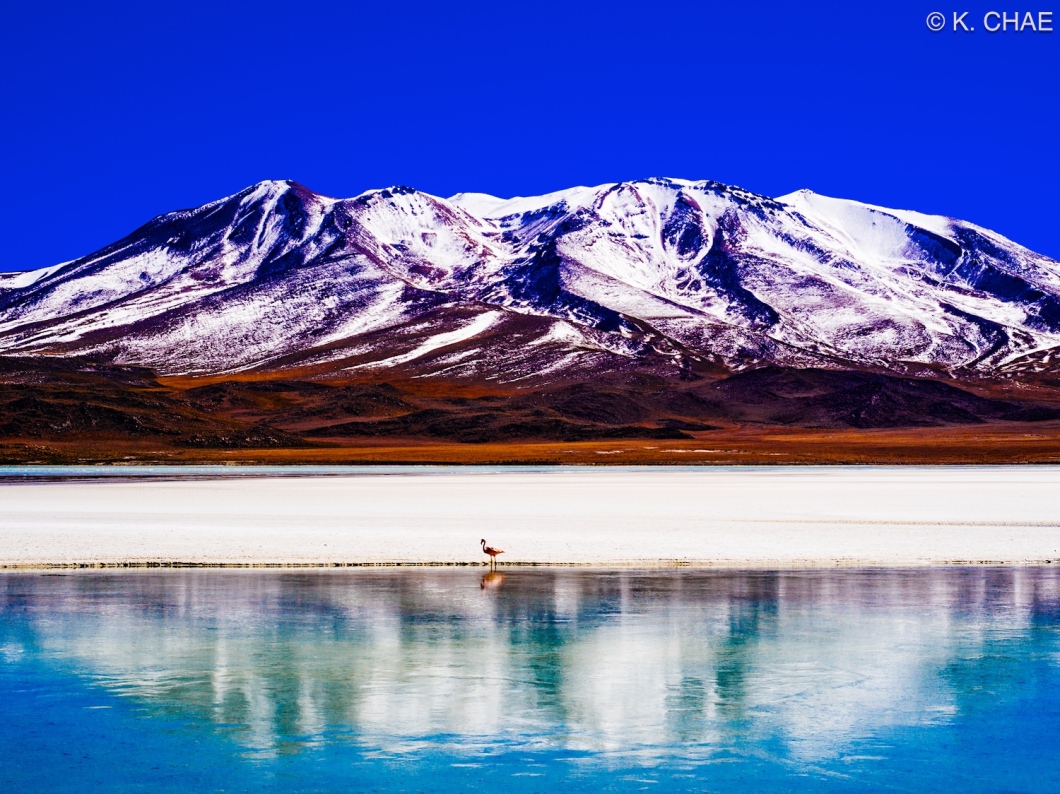
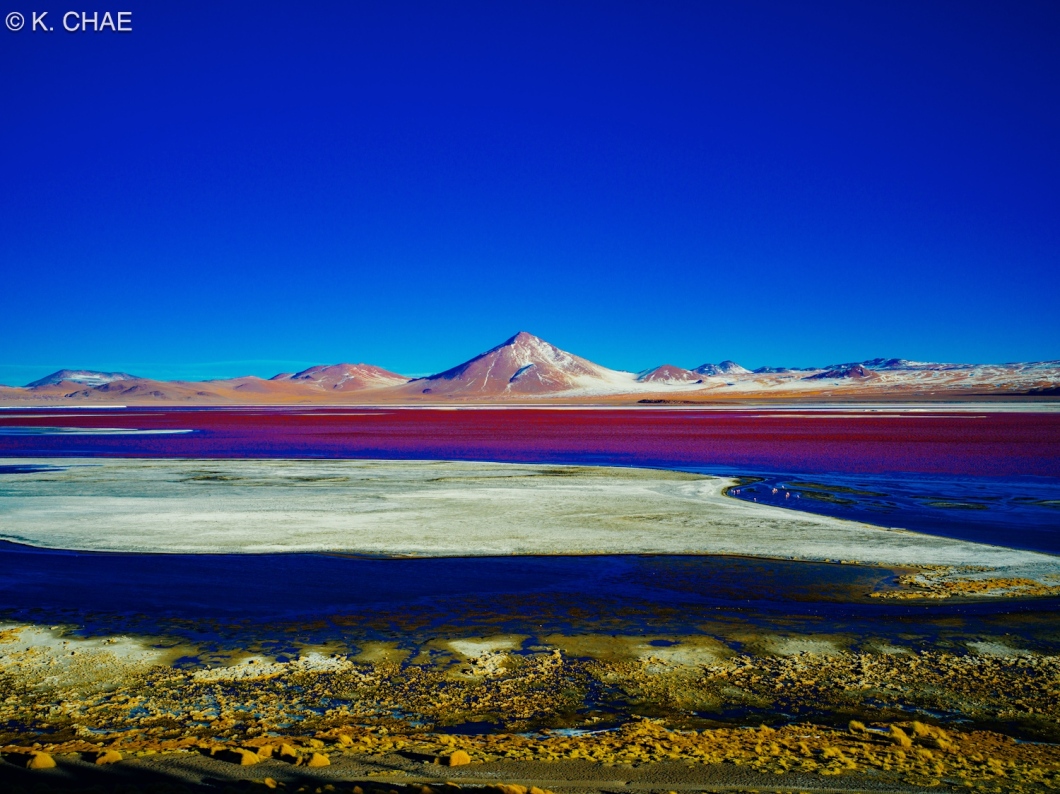
I took a 3 days jeep tour from Uyuni salt flat to its southern national park, on the way back to Chile. Again, colorful settings were perfect for my taste and X1D more than lived up to it. Although again, it had trouble focusing at night as I was trying to capture night sky in Uyuni. I took some, but most of them were not in focus. I did manual focusing, but with the LCD I couldn’t really make the accurate focus. I think this has been what bothered me the most so far. Because I know when it’s captured on point, X1D would make such a beautiful night images, for sure.
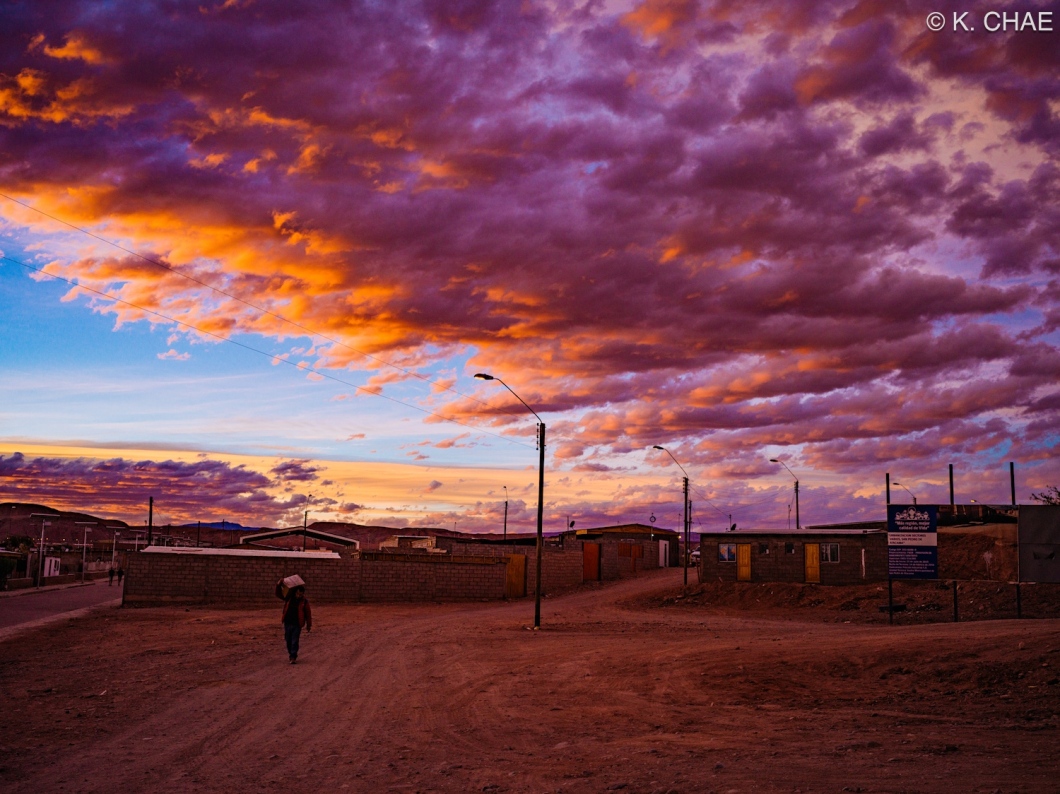
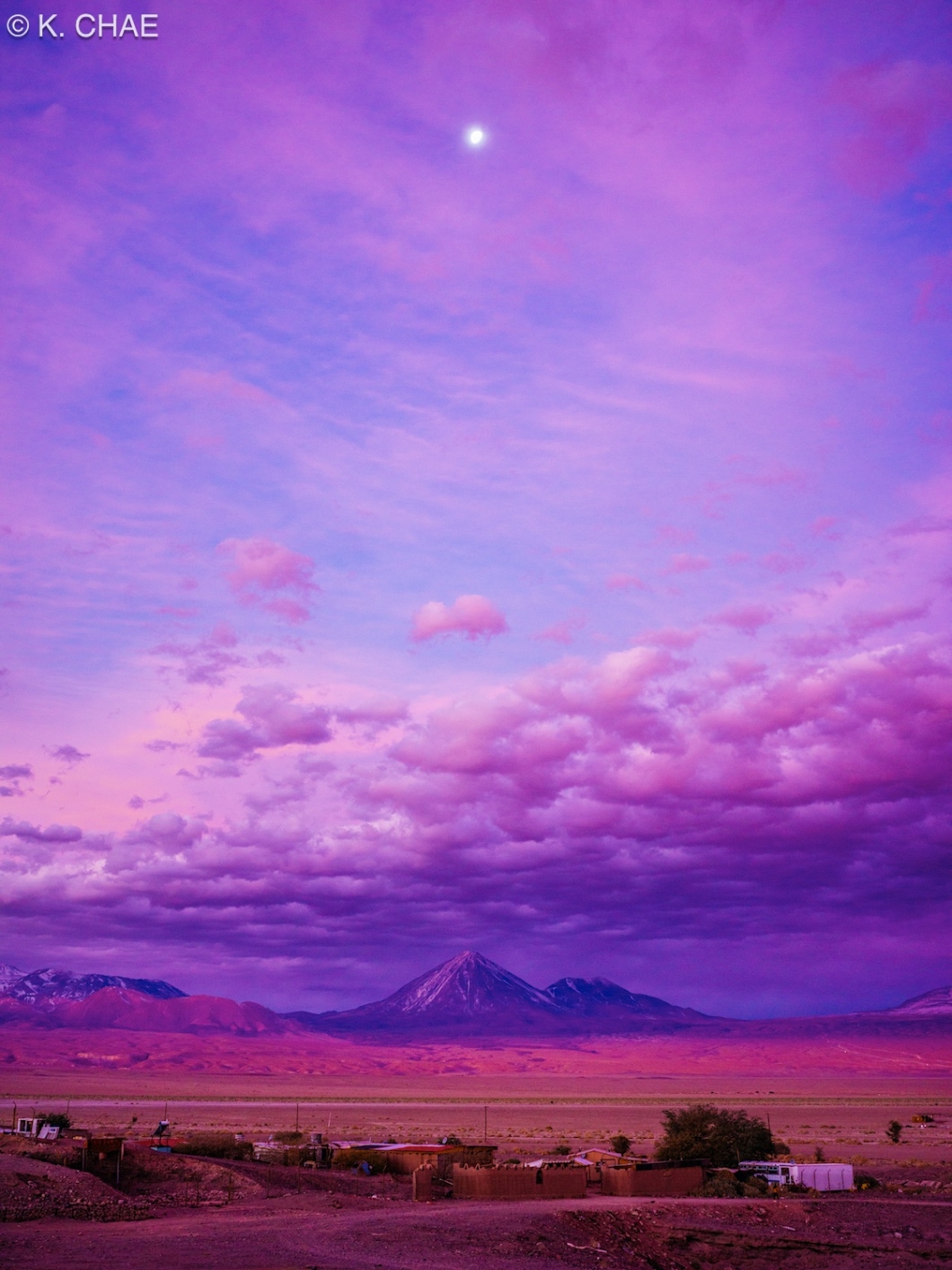
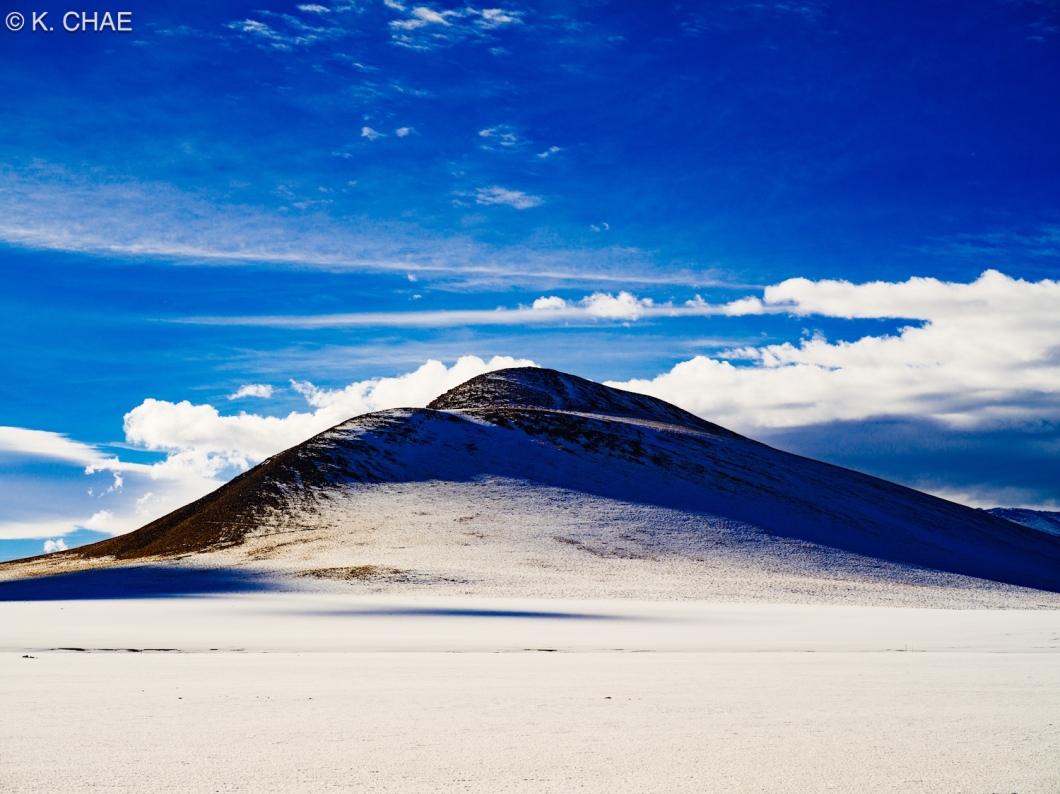
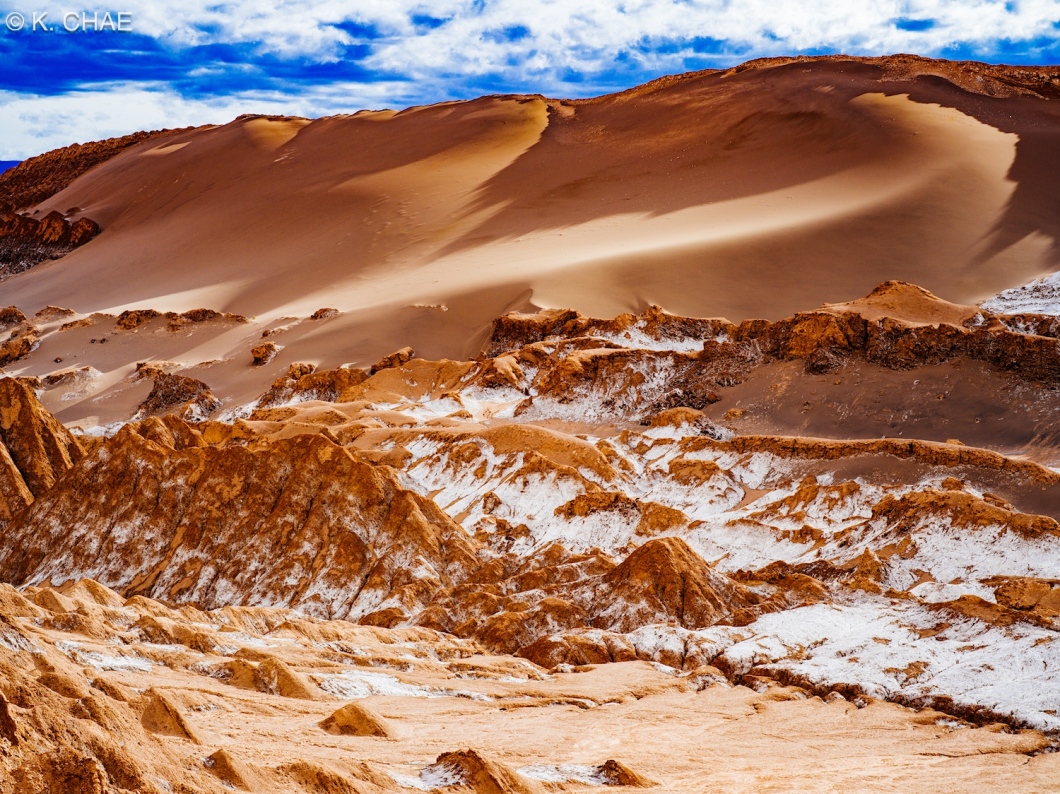
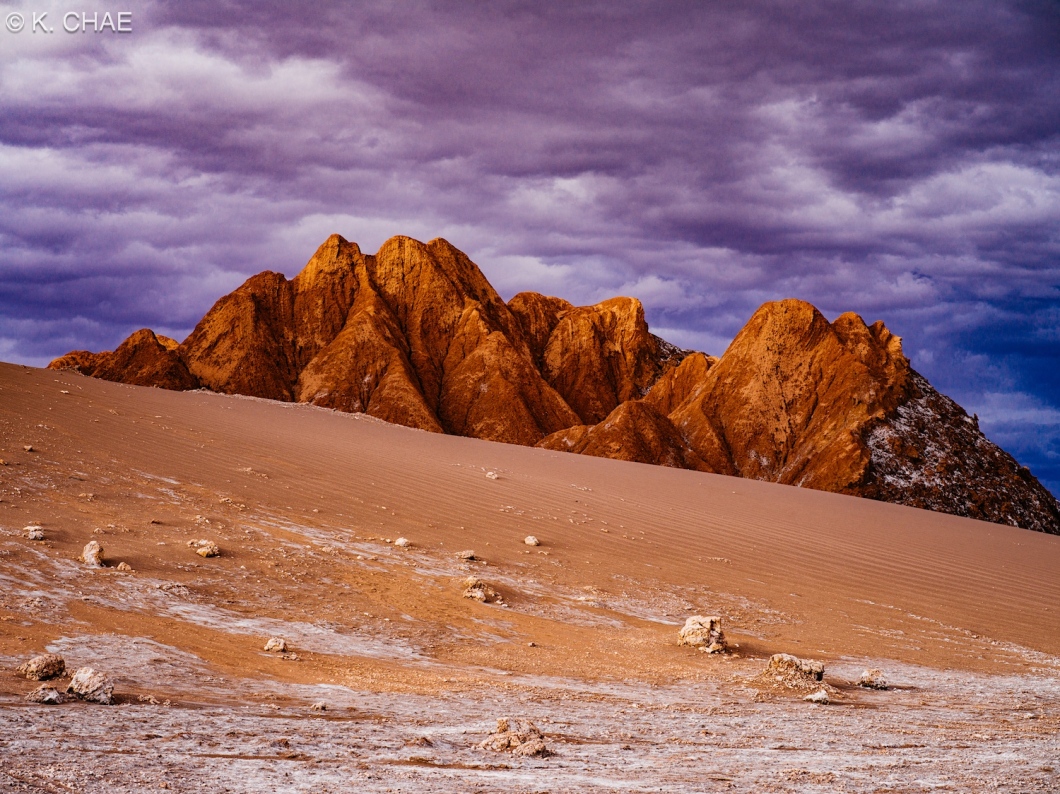
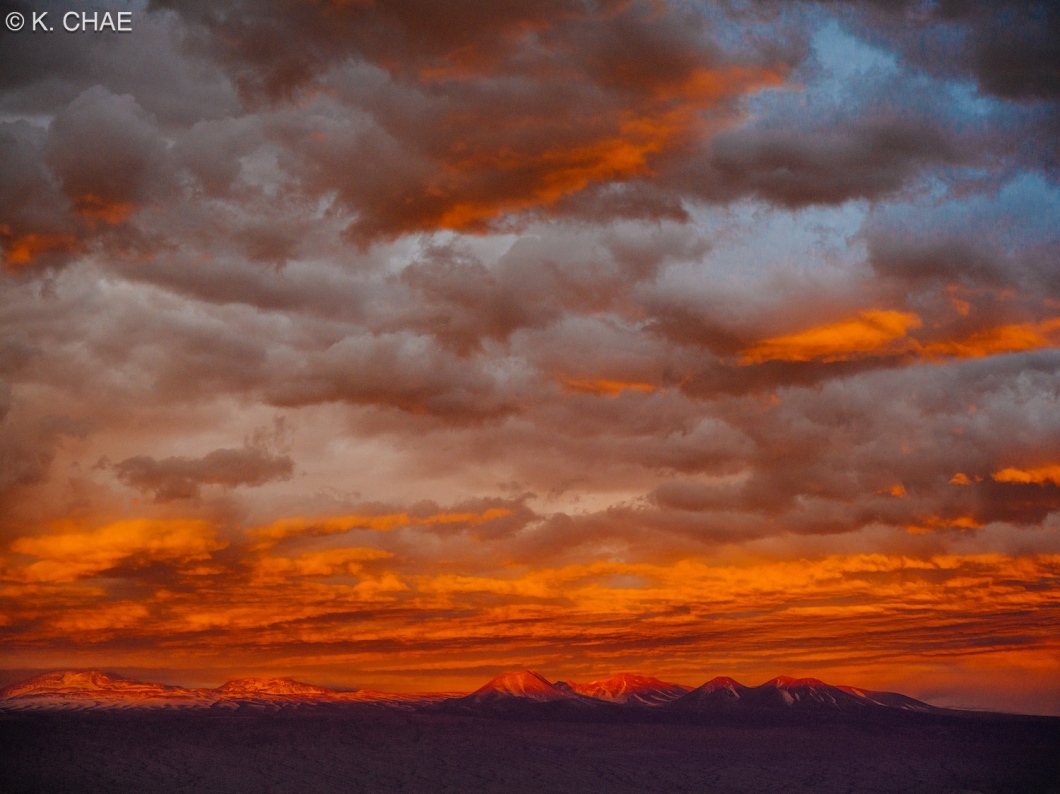
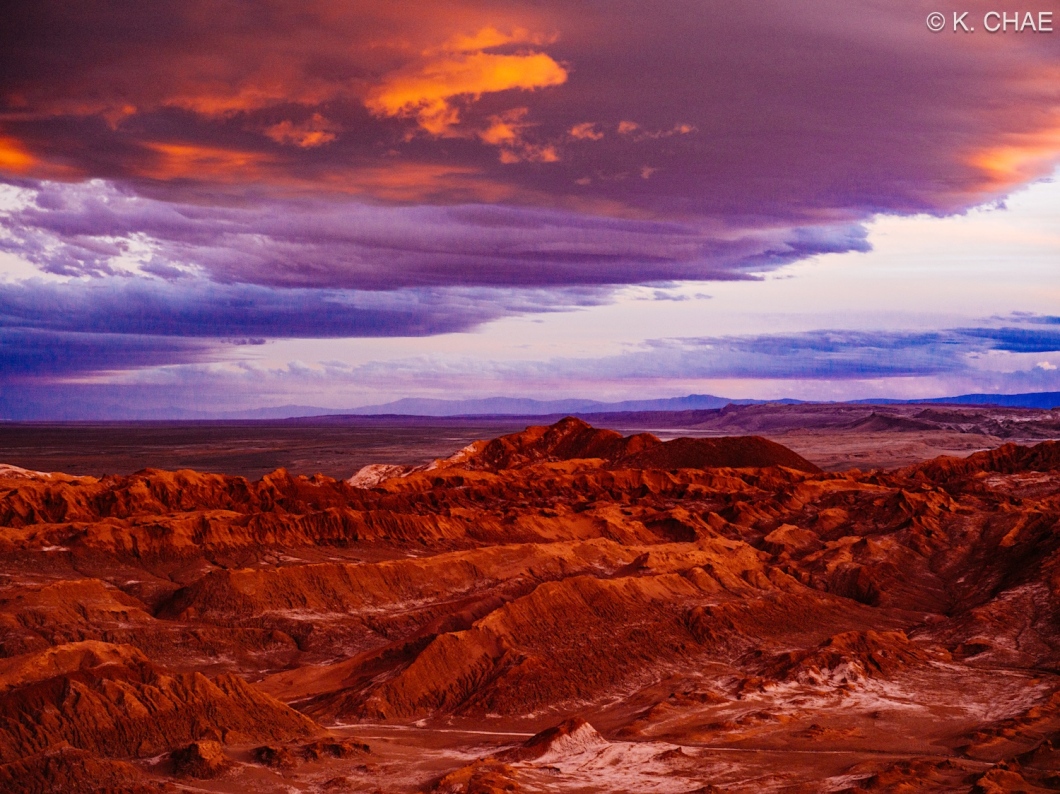
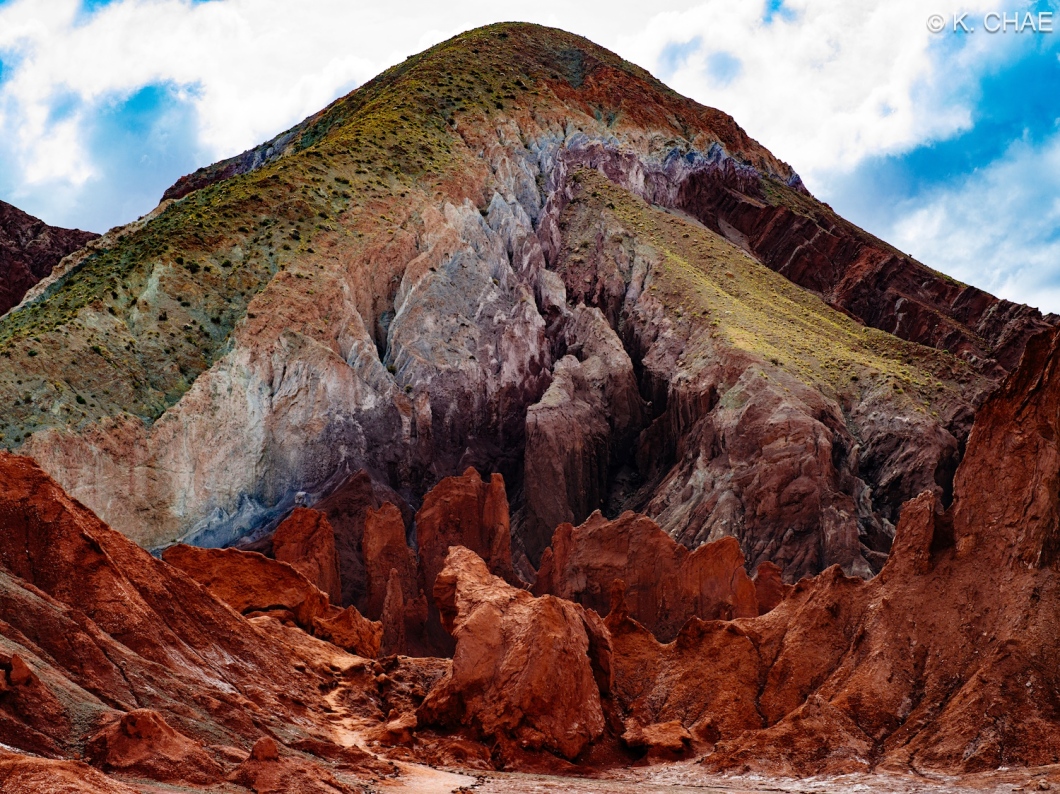
I came back to Chile, to visit San Pedro de Atacama, known for its mesmerizing natural wonders around the region. While it was winter time, which made some of the places unreachable, I was still able to capture some impressive images of its landscapes, notably that of Valle de la luna.
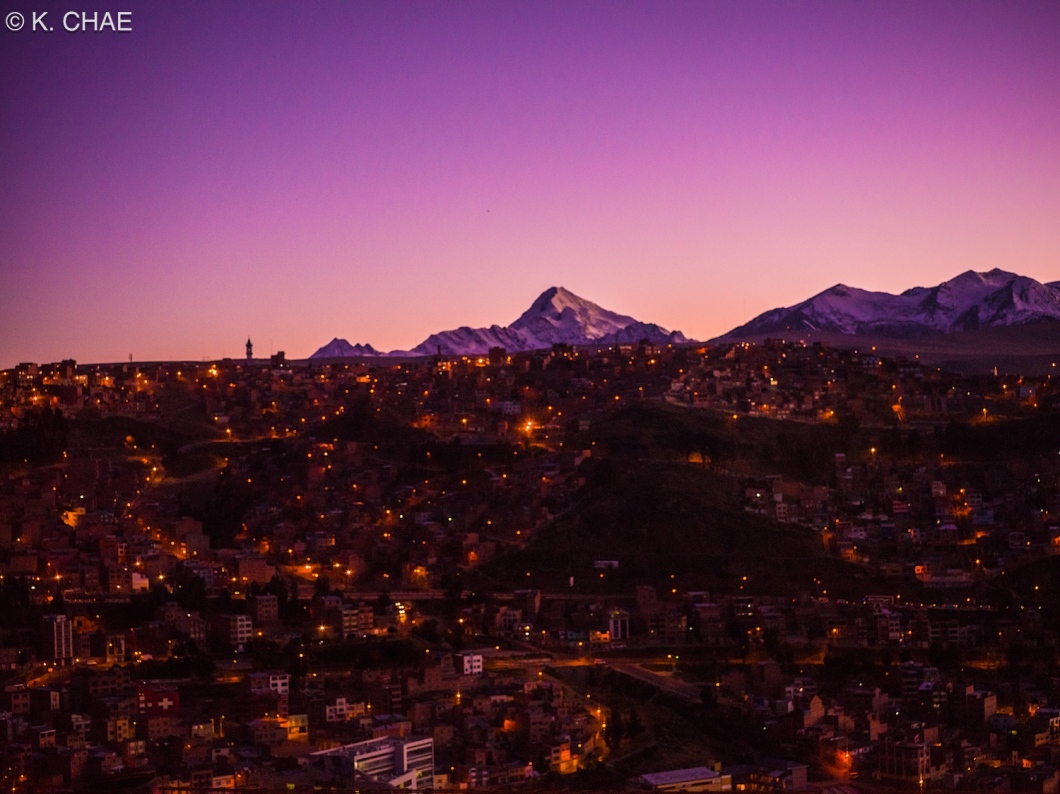
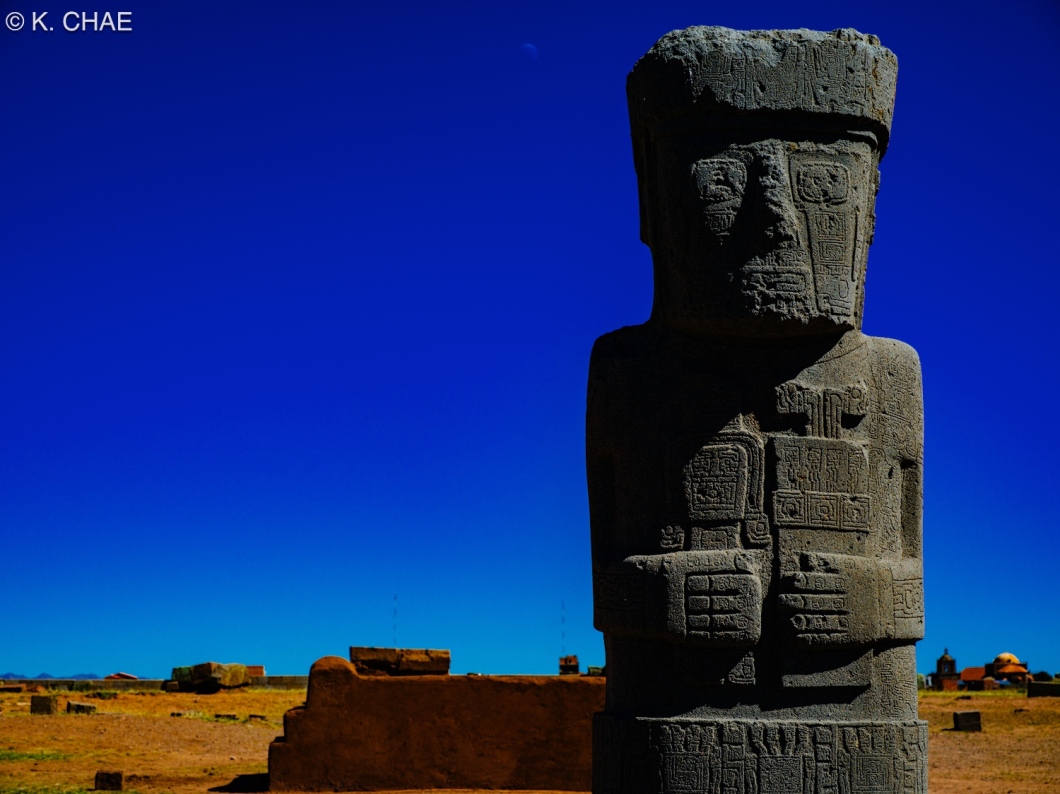
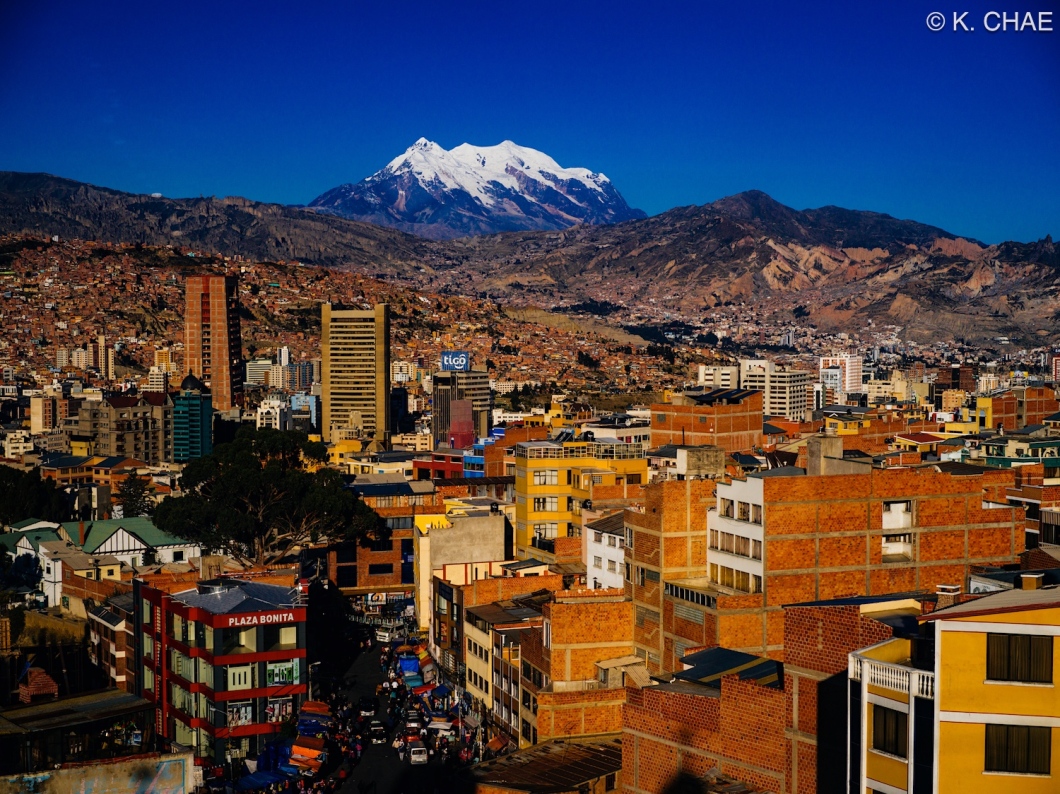
I made return to Bolivia, and after photographing streets of Potosi and Sucre, I reached La Paz. I have a thing about a city with snow capped mountains behind them, so it was inevitable I came to like this city as well.
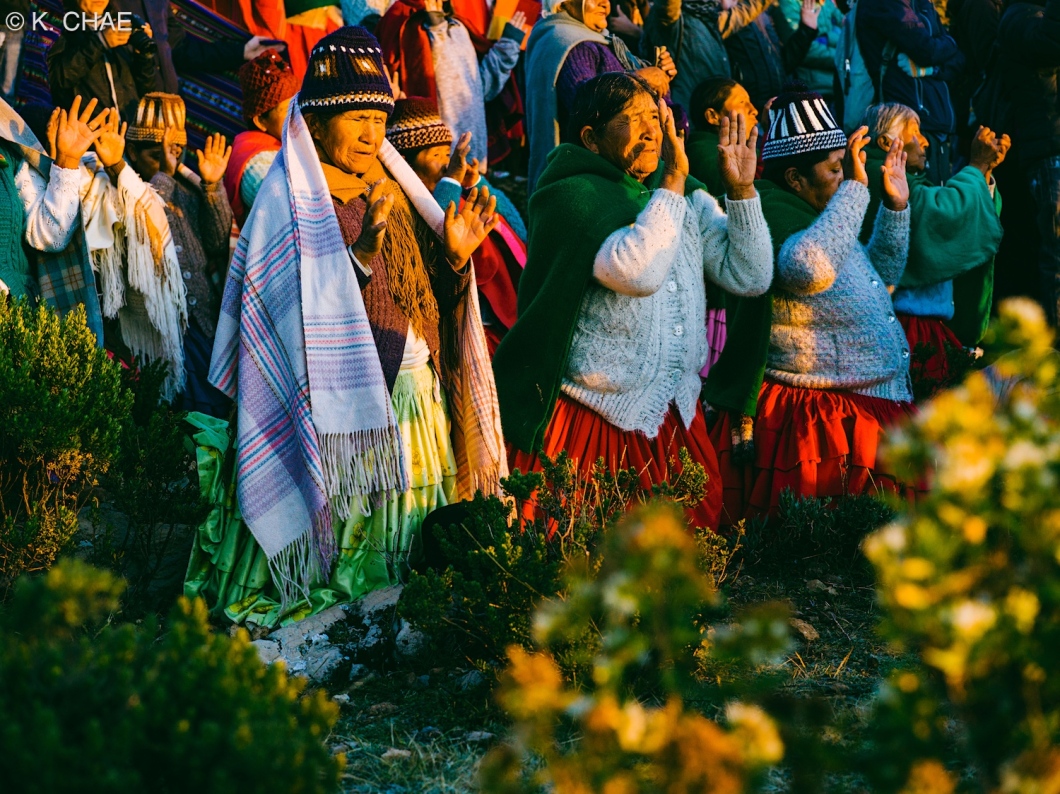
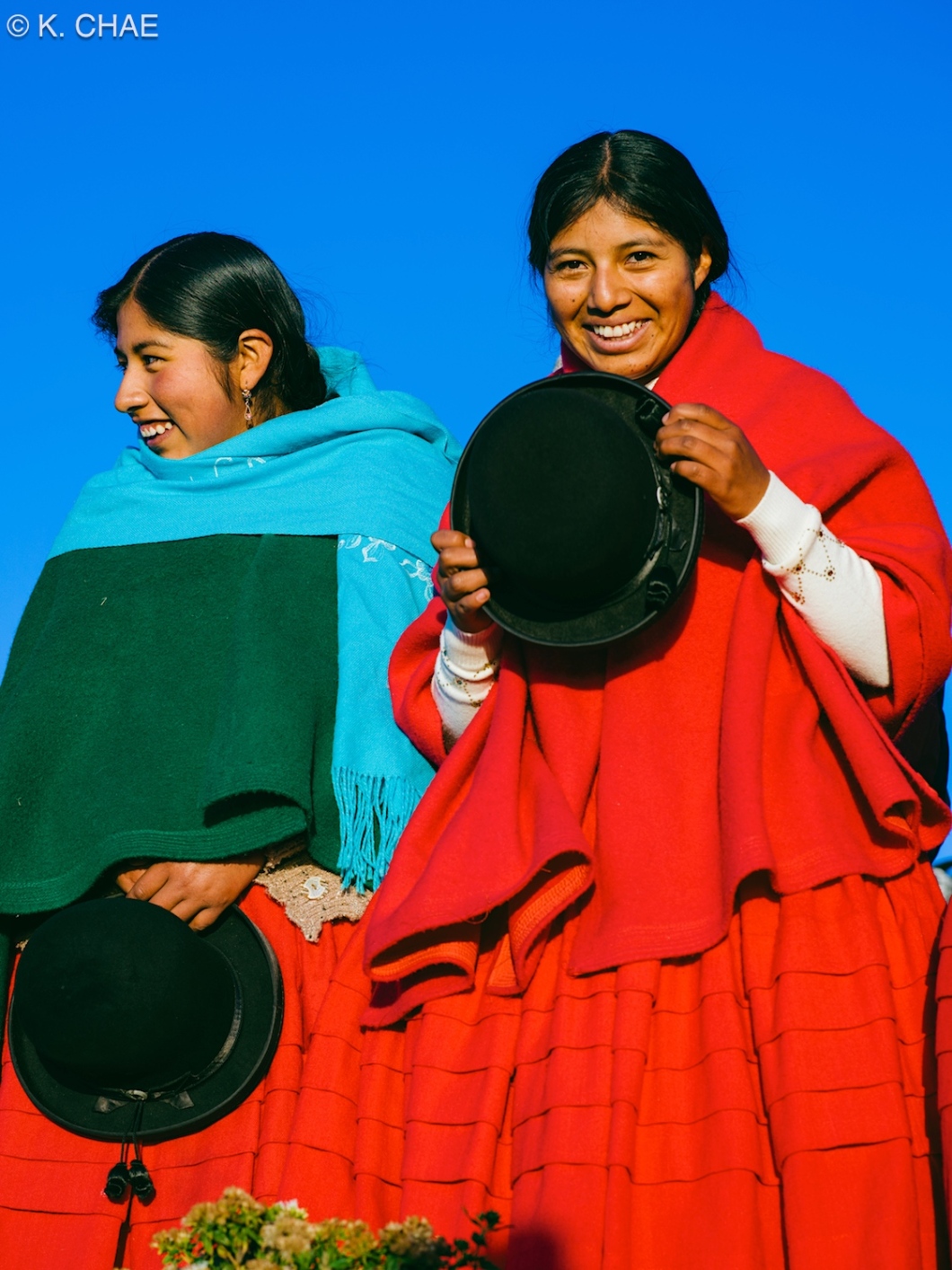
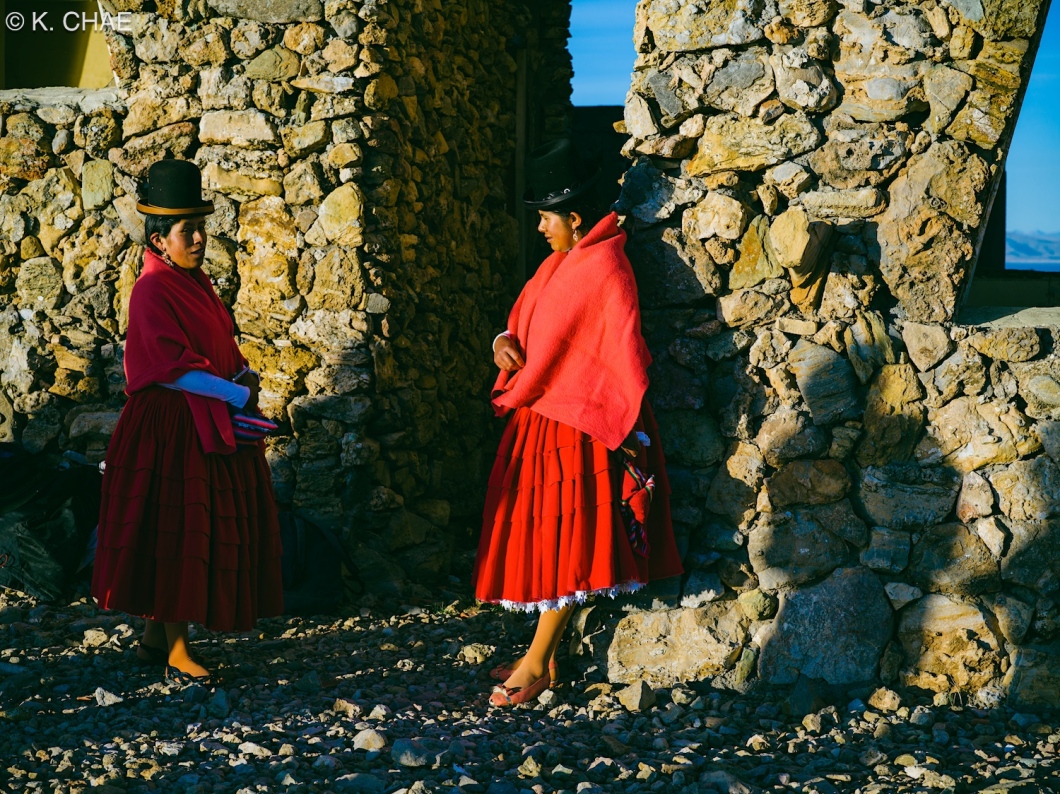
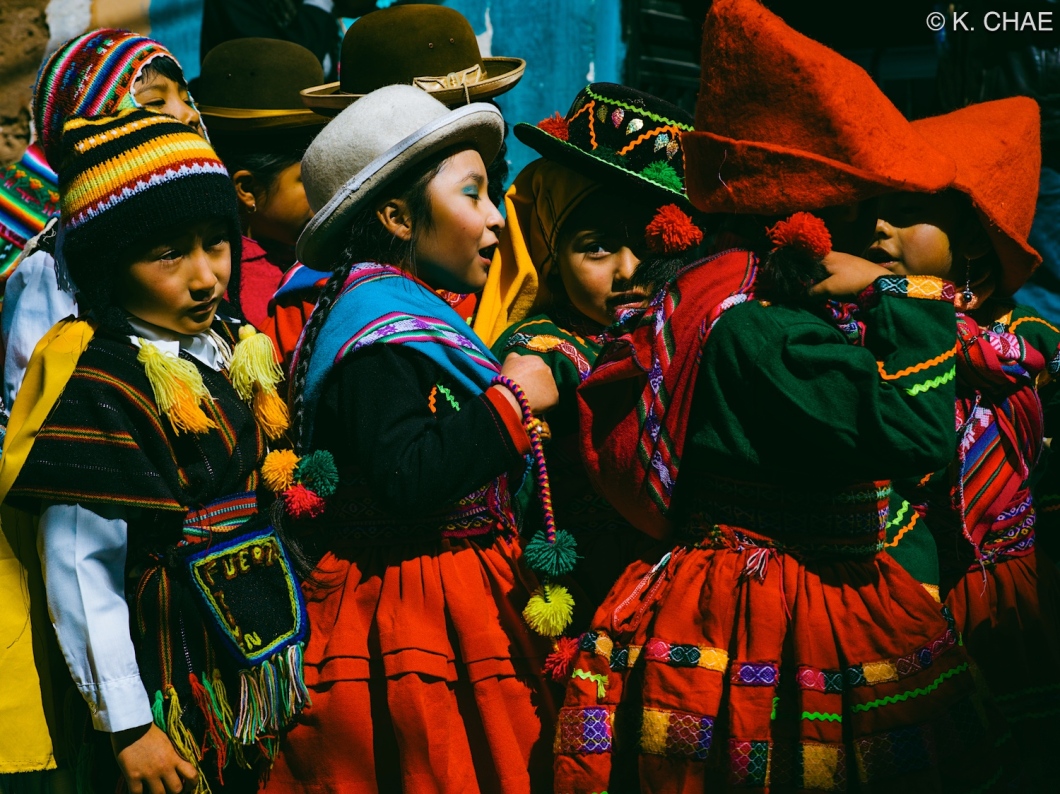
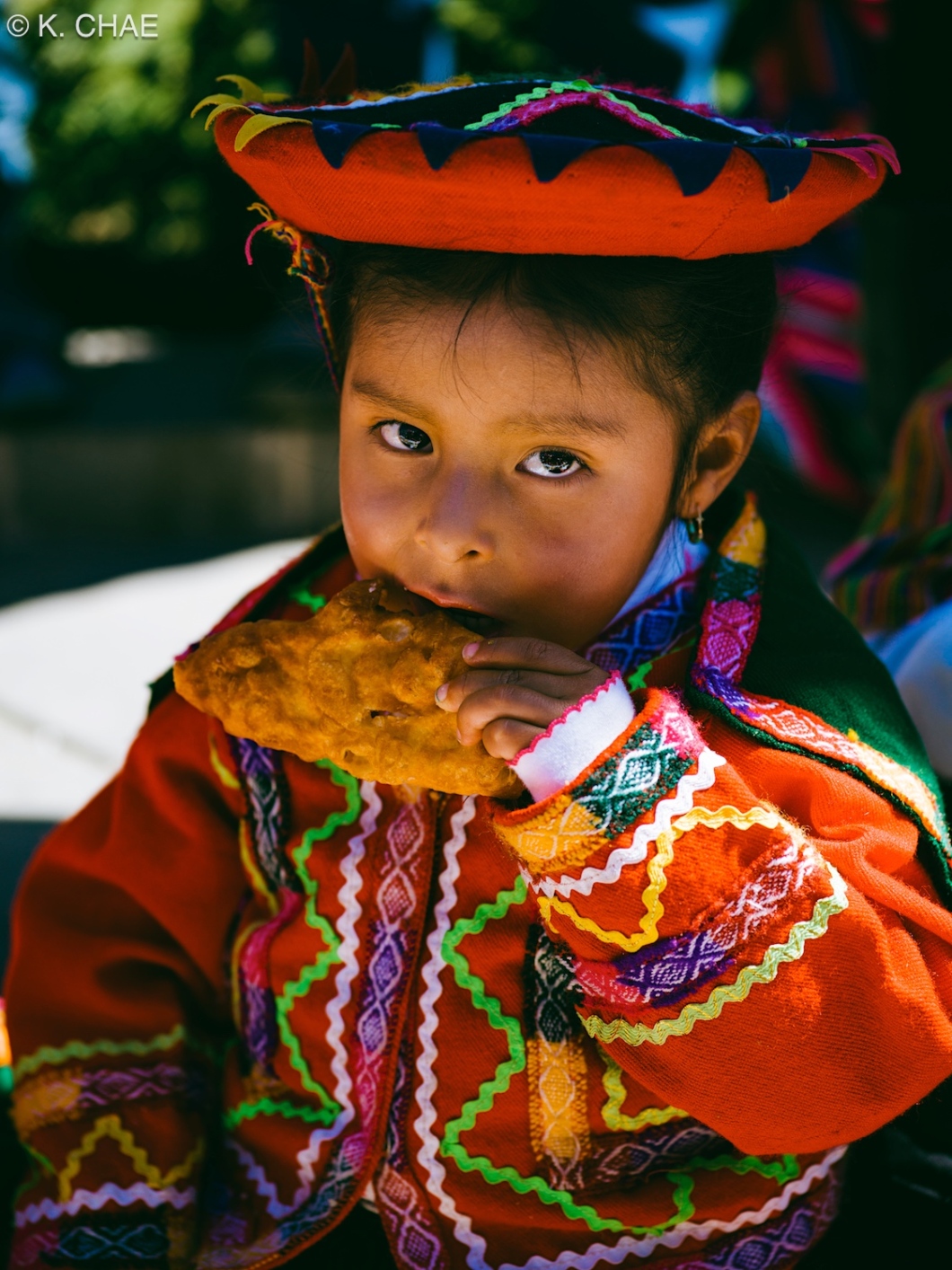
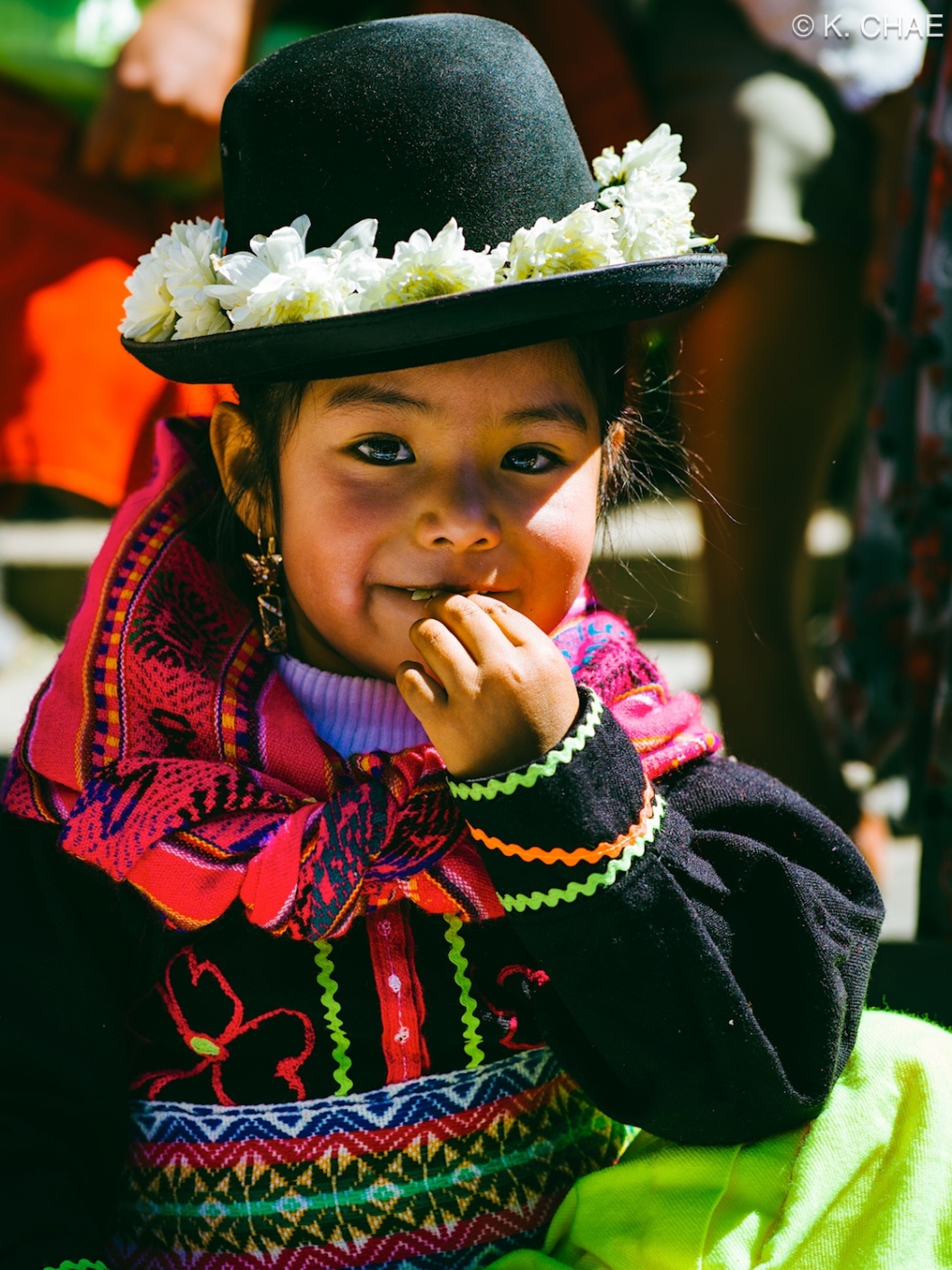
I was lucky to be around Lake Titicaca for the winter solstice, a new year day for the indigenous people of Aymara. Most people ran to Cusco for the world famous Inti Raymi festival, but I stayed behind, to witness more local, down to earth celebrations in rural areas. Again, it wasn’t easy capturing these moments with X1D, I will be honest for more crucial moments I did use Leica M10. But the shots I’ve taken with X1D, I am very happy with. I think now I’m more aware of the moments that I can use X1D with, and when not to.
So,
that’s the first 50 plus days of photography with X1D in South America. I still have 6 months to go. I will be visiting many great natural wonders of Peru, and will reach Galapagos in the end of July, where I feel will be a showcase for what X1D can do in wildlife photography. Part 2 therefore will come after a while, probably in September. But again I’ll share with you some of my favorite images and my experiences with it then. Hasselblad X1D is a camera with many flows, it is certain. But I like it for what it is and what it does. Hopefully he does me proud for the next six months as well. Until then!
p.s : if you can’t wait, you can follow my photography in (almost) real time on my instagram – @piecesofearth. Questions are always welcome!
Stunning images especially of the city
LikeLike
I particularly love be your composition in the shot of the city of three stories, with the cat in the upper right, laundry across the middle, and older man shaking out a cloth in the lower left. How have you found the viewfinder for composing your shots?
LikeLike
I particularly loved your composition in the shot of the city of three stories, with the cat in the upper right, laundry across the middle, and older man shaking out a cloth in the lower left. How have you found the viewfinder for composing your shots?
LikeLike
Hey thanks Erica. That is one of my favorite shots too. Well X1D’s viewfinder isn’t anything spectacular. To be honest I don’t like EVF, but it’s passable for my usage. =)
LikeLike
Thanks Erica, that is one of my favorite shots as well. I’m sorry for the late response, I didn’t have much time to spend on the blog while I was in South America. Well, personally I’m not a fan of EVF, but it is what it is. It didn’t block me from composing the shot I wanted. I have more issues with X1D’s overall slowness when taking a picture, but viewfinder has been fine. =)
LikeLike
Beautiful series. I wish I was there
LikeLike
Thanks! I appreciate it!
LikeLike